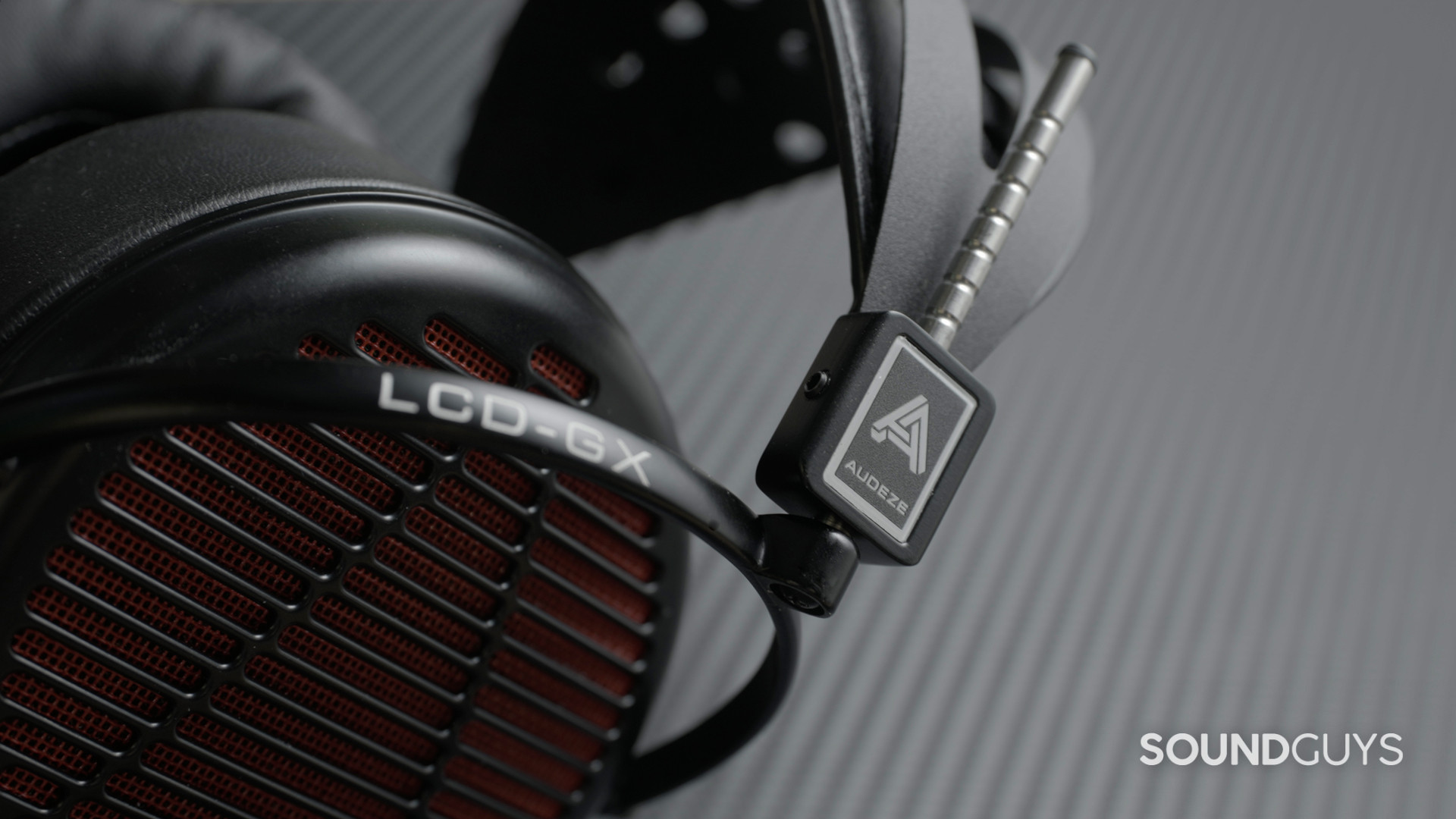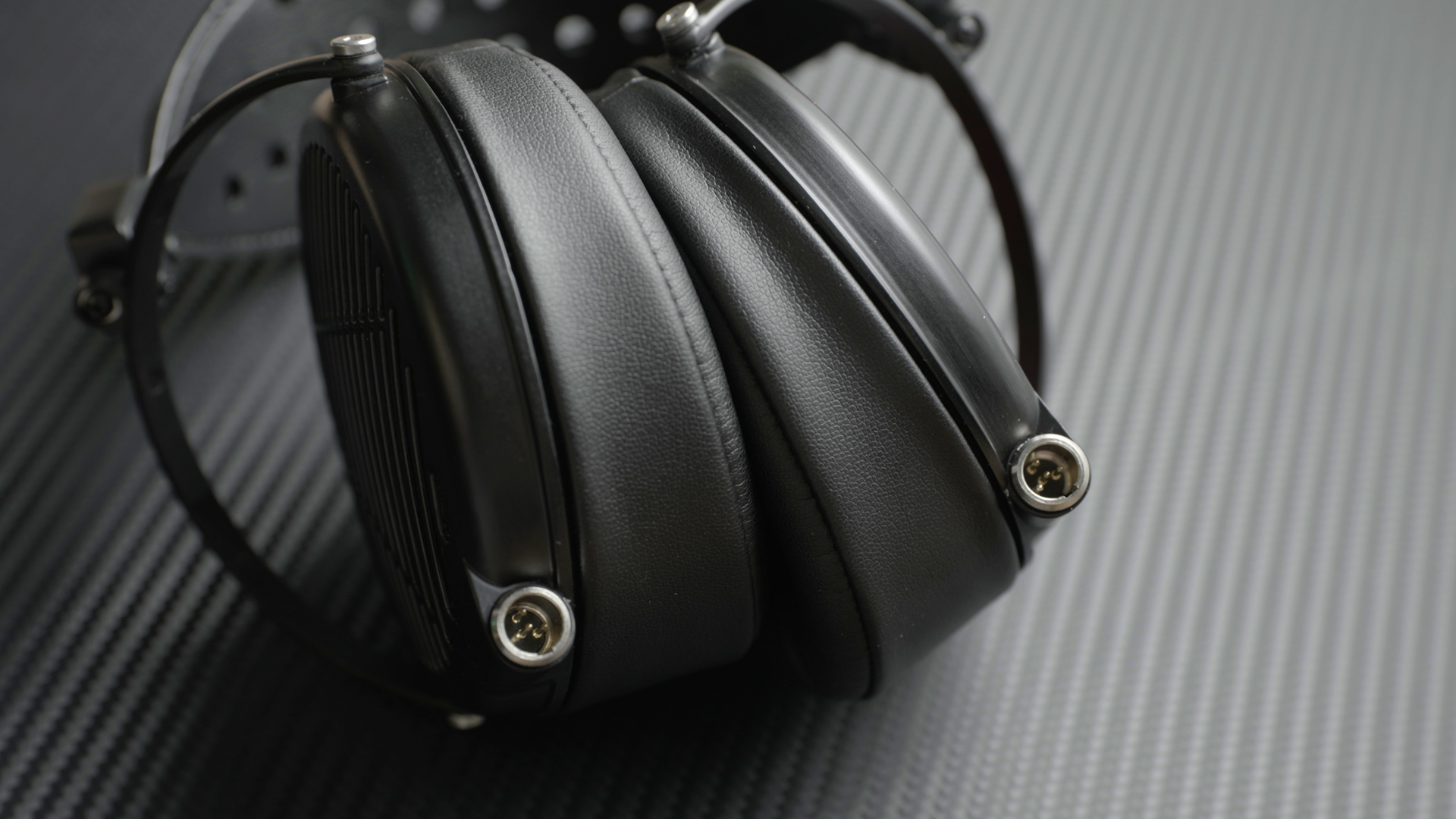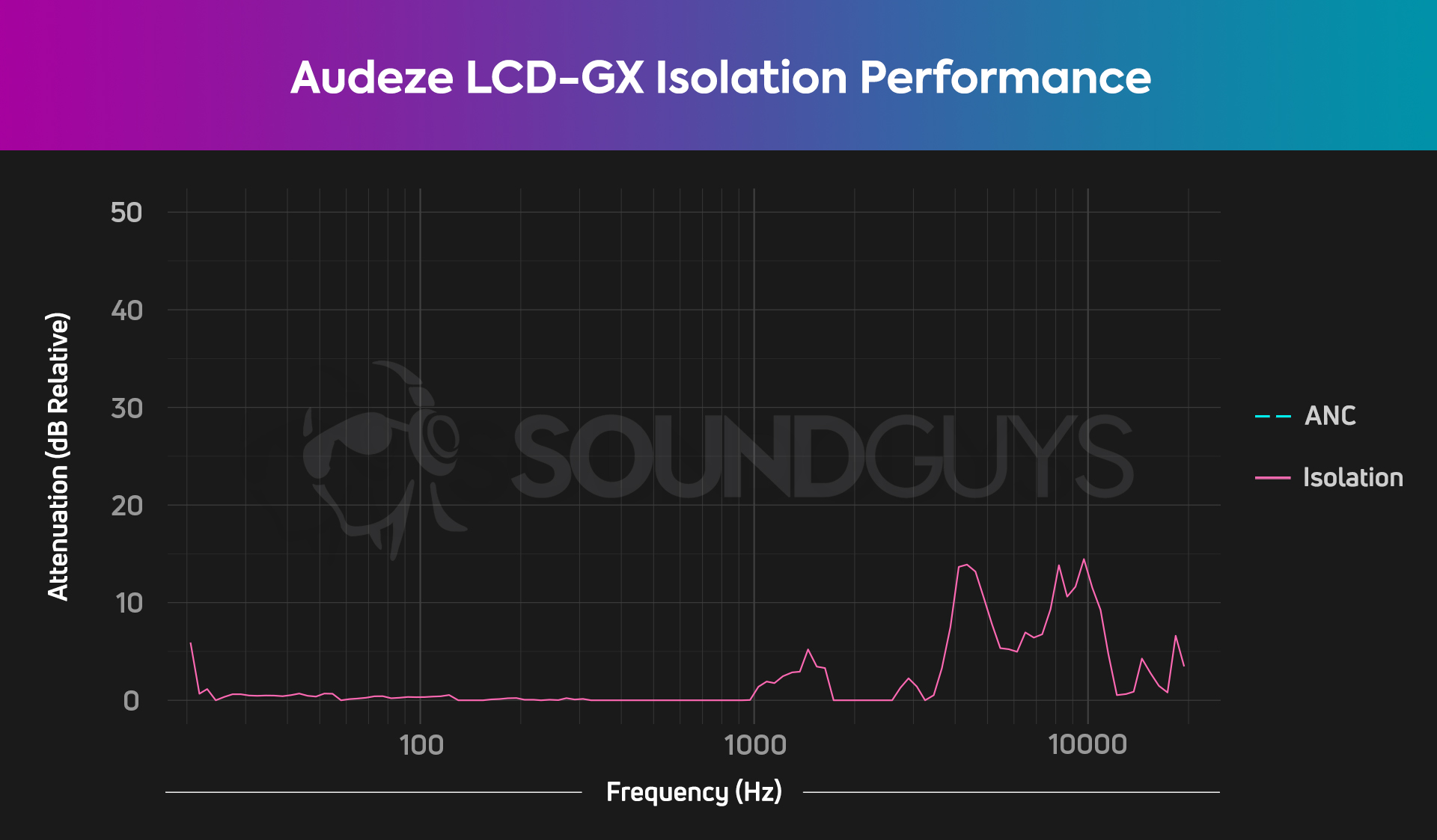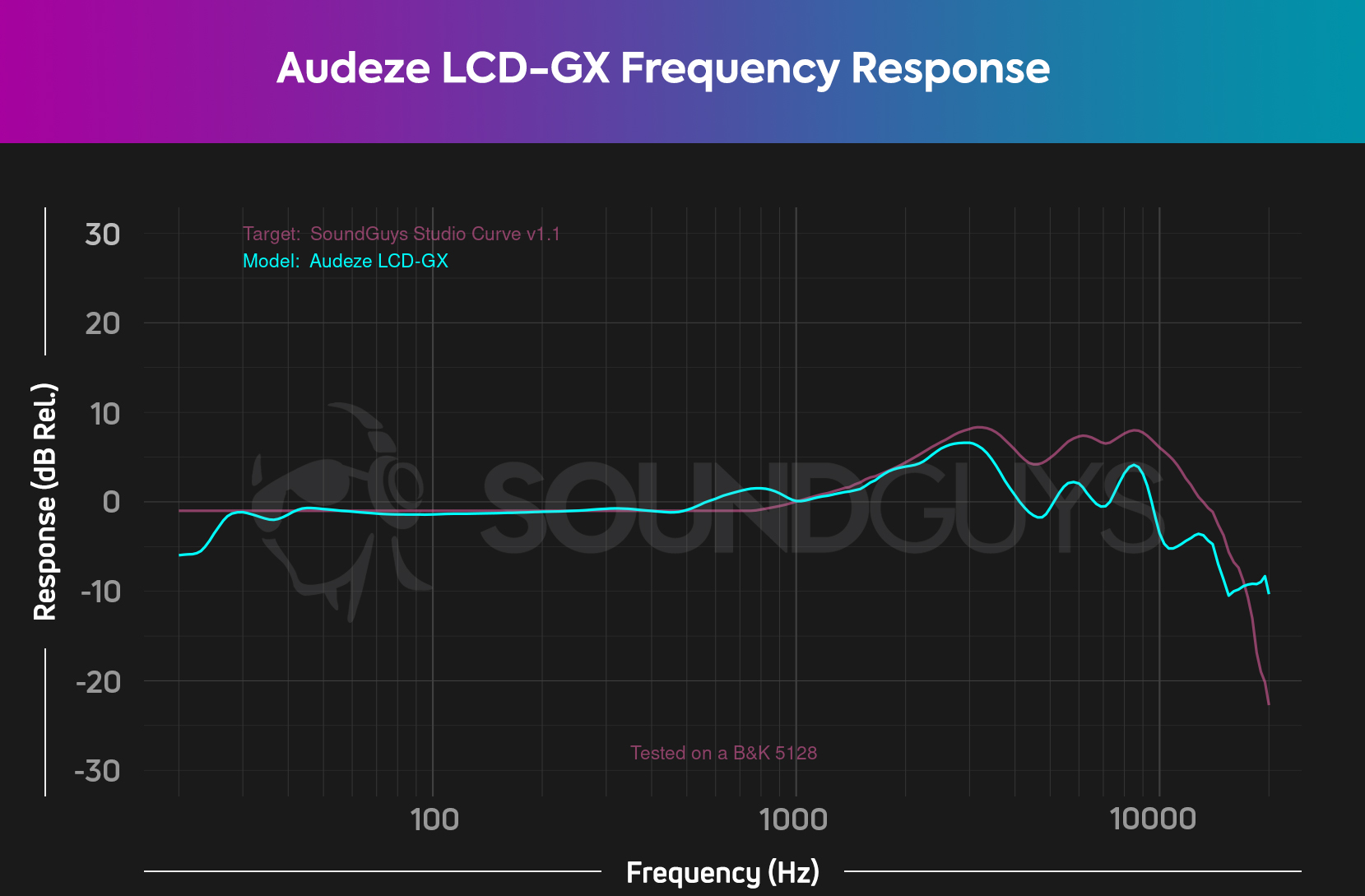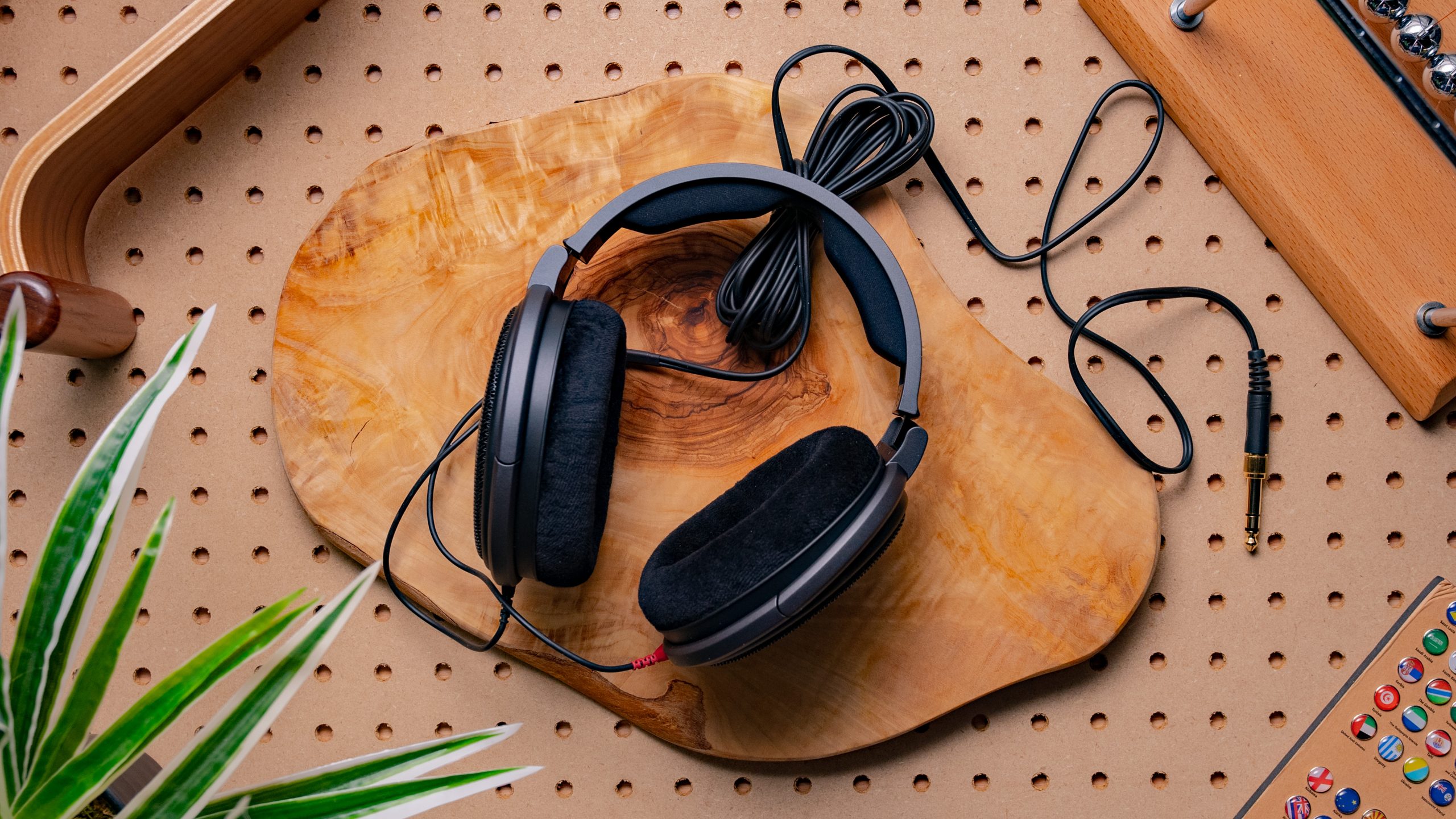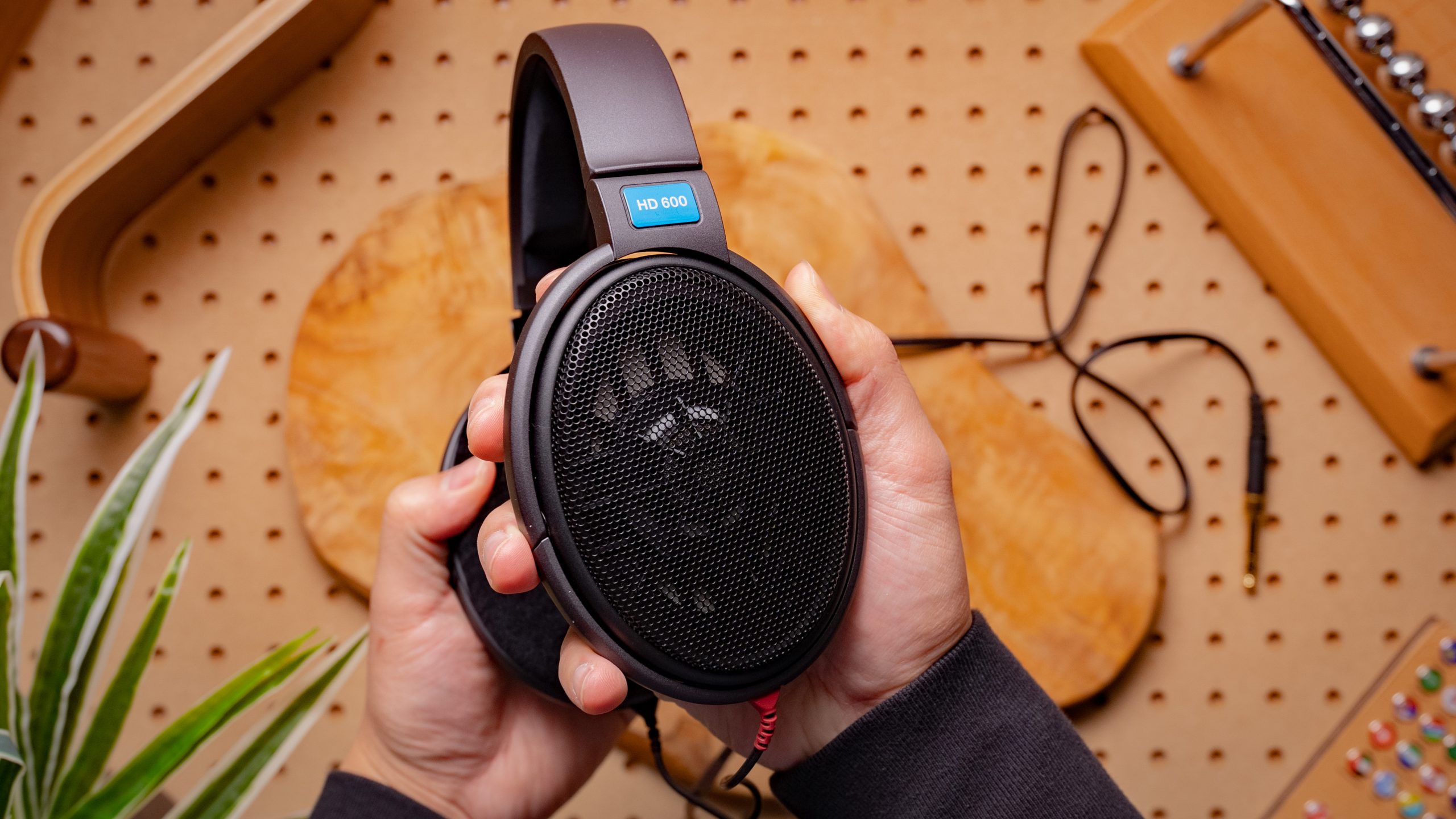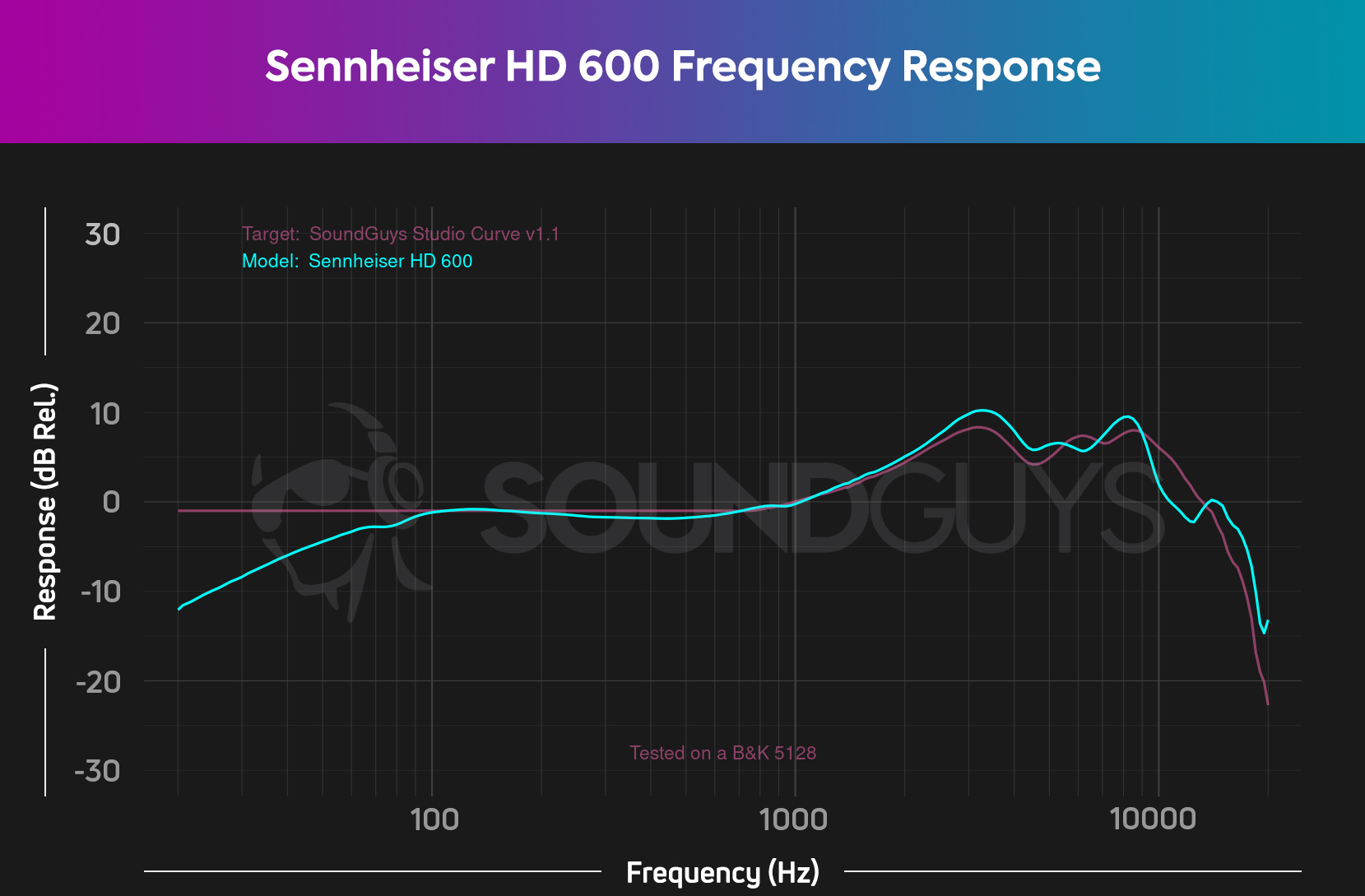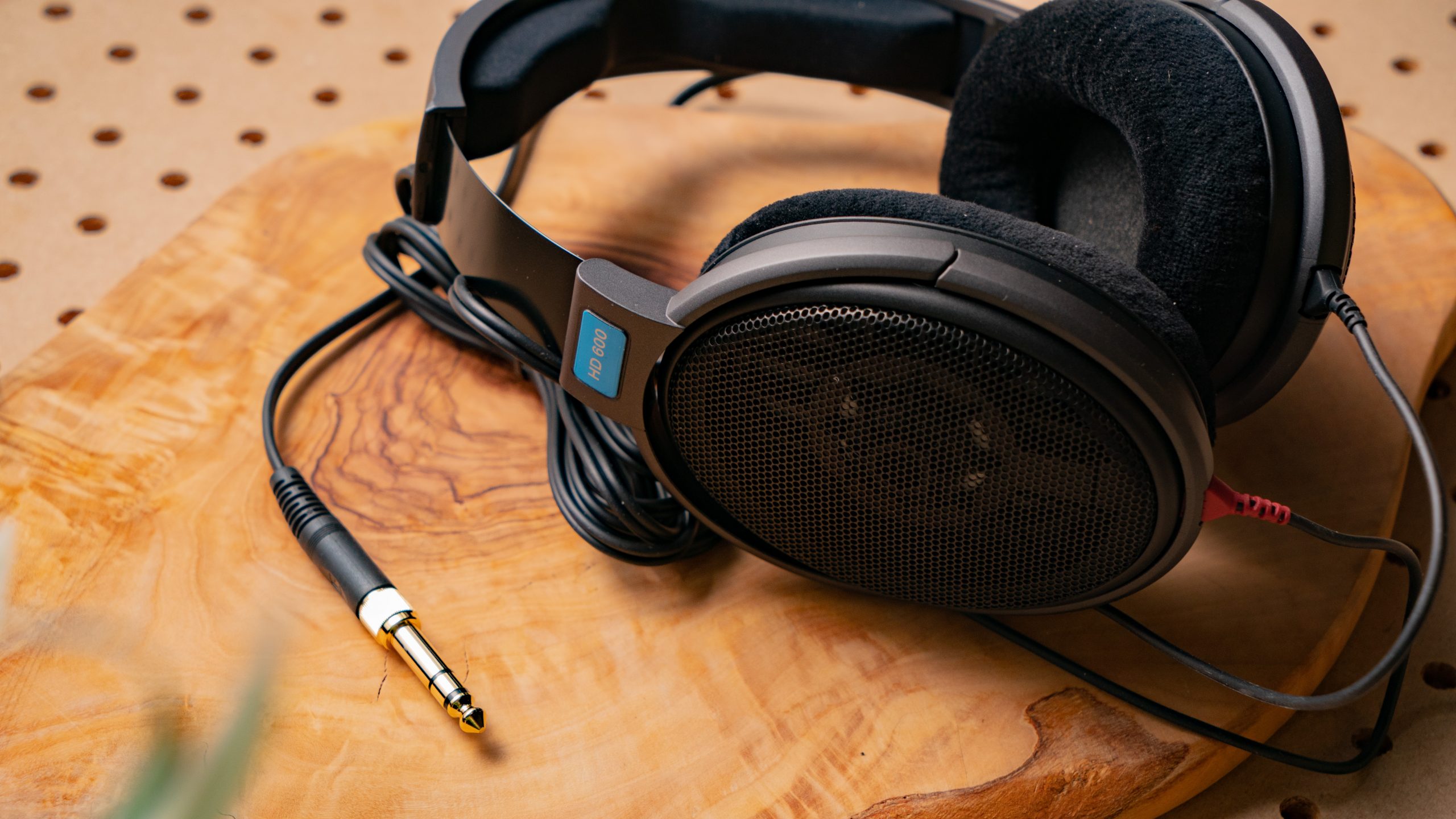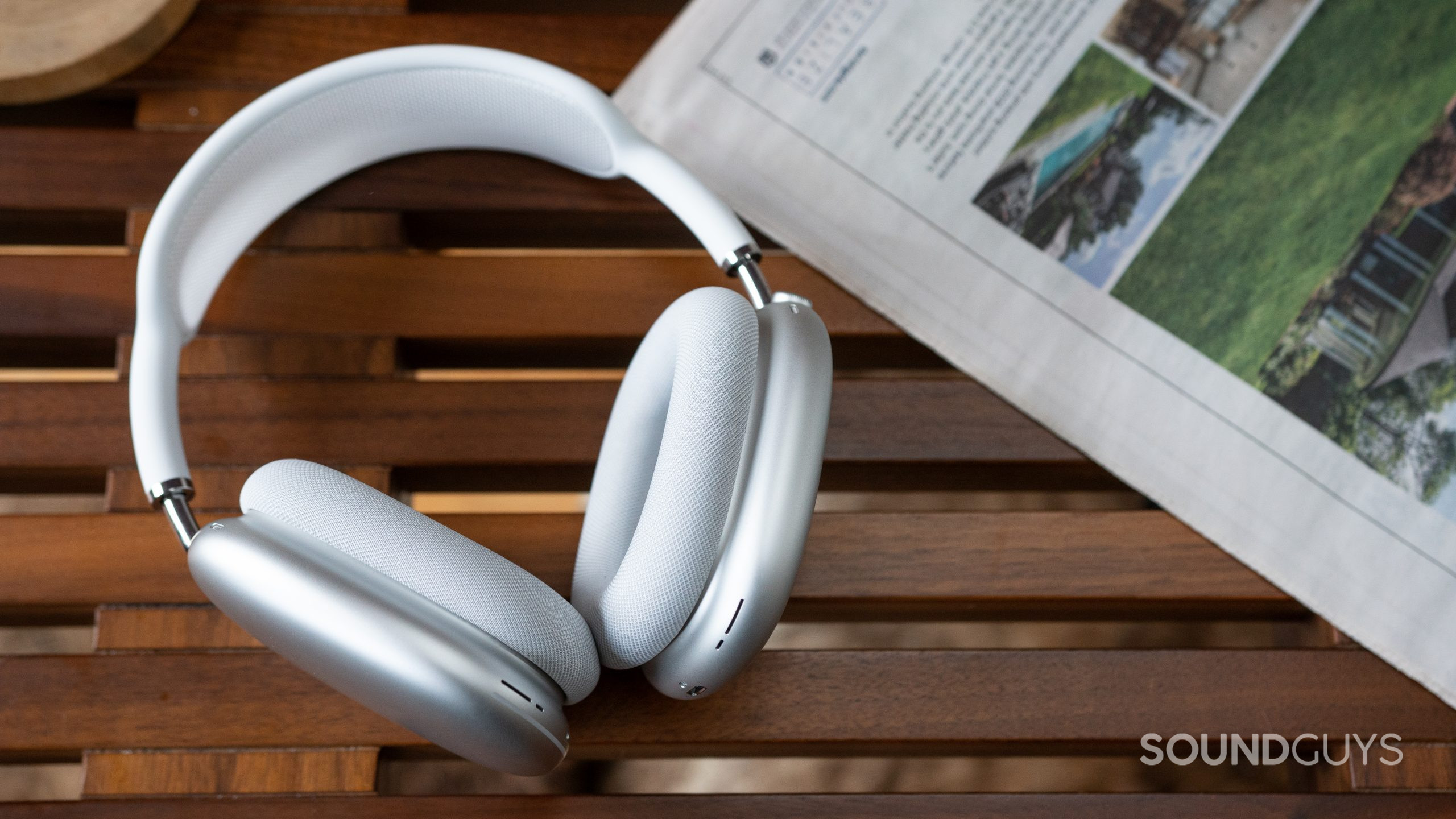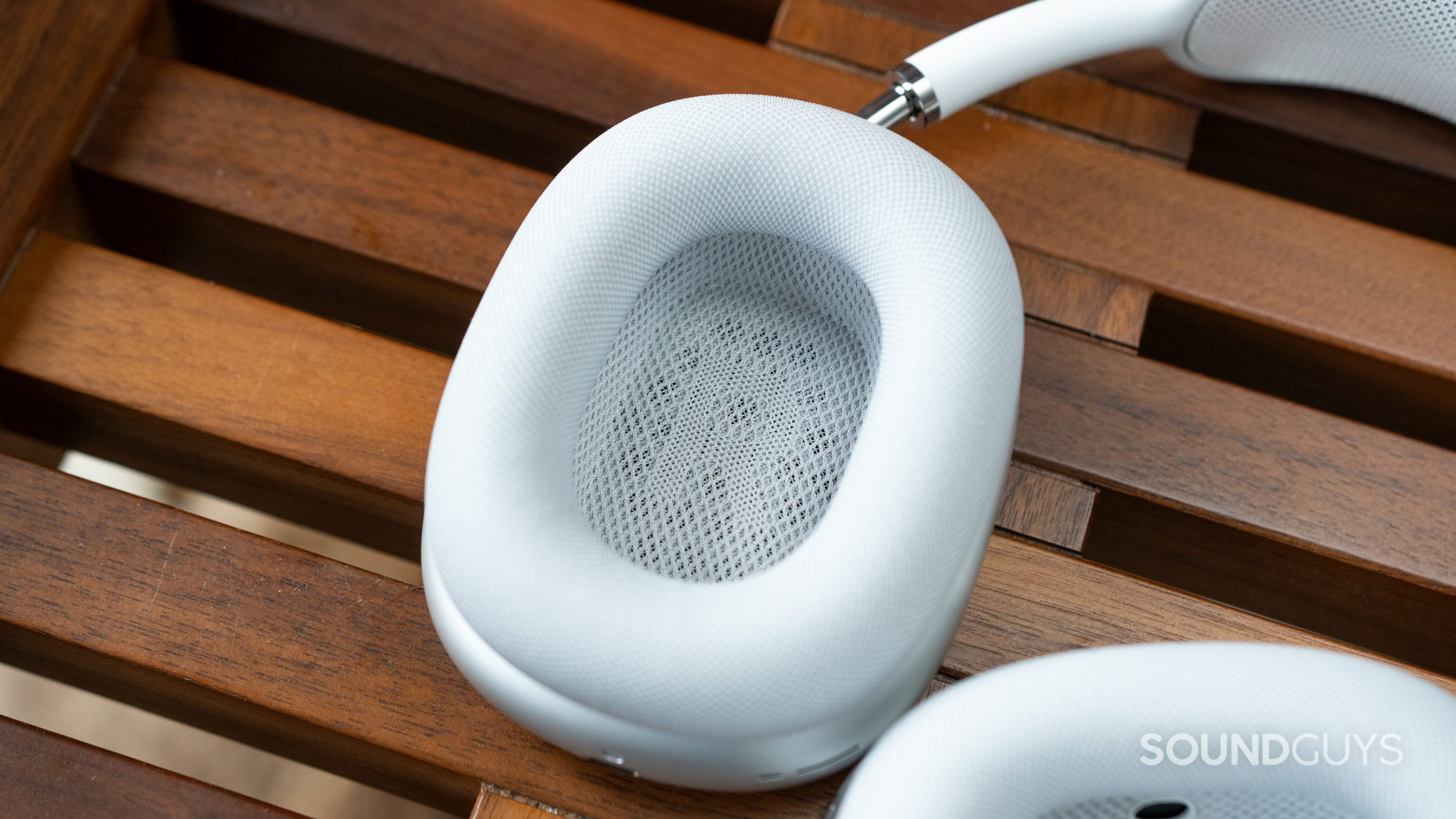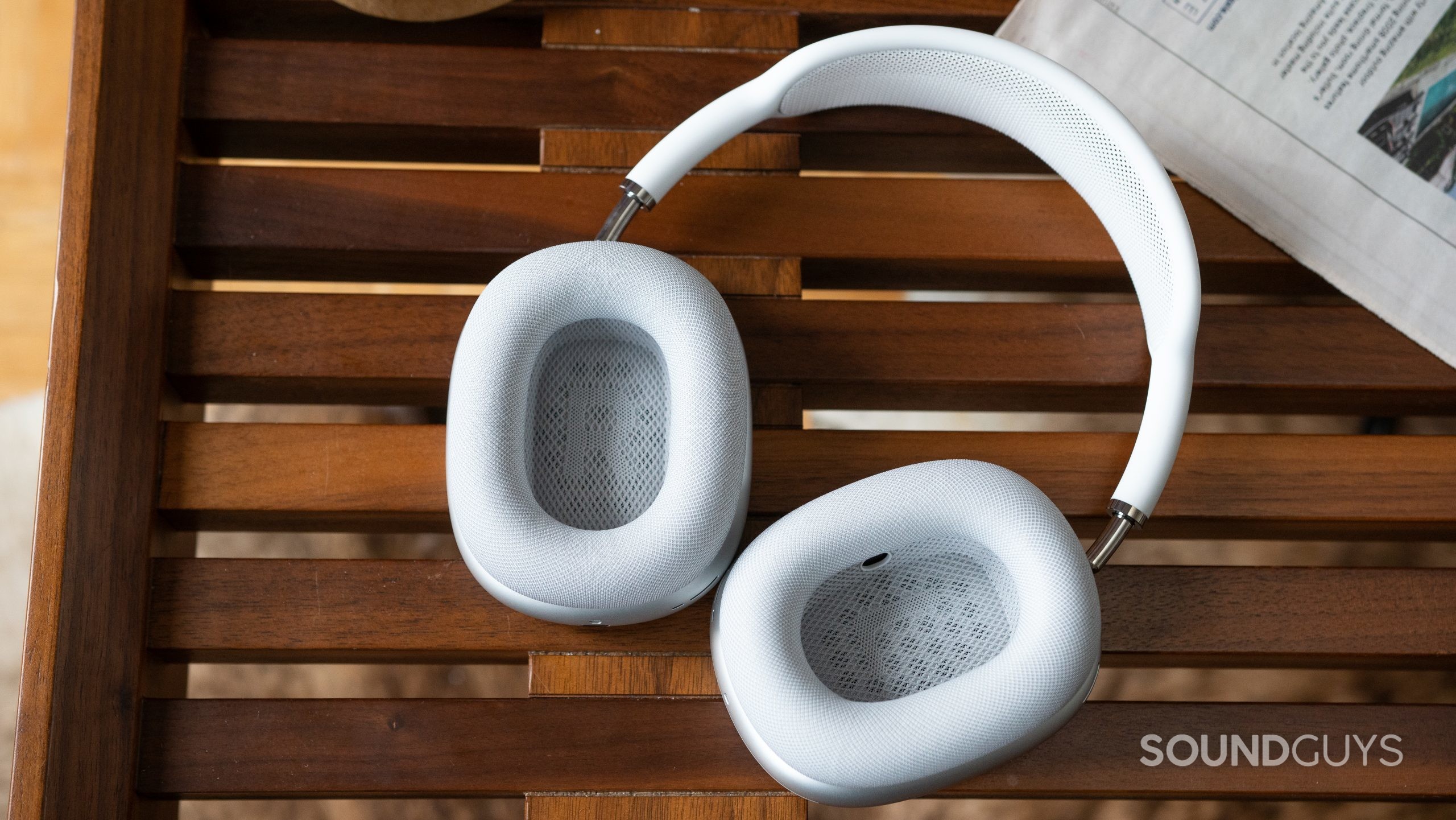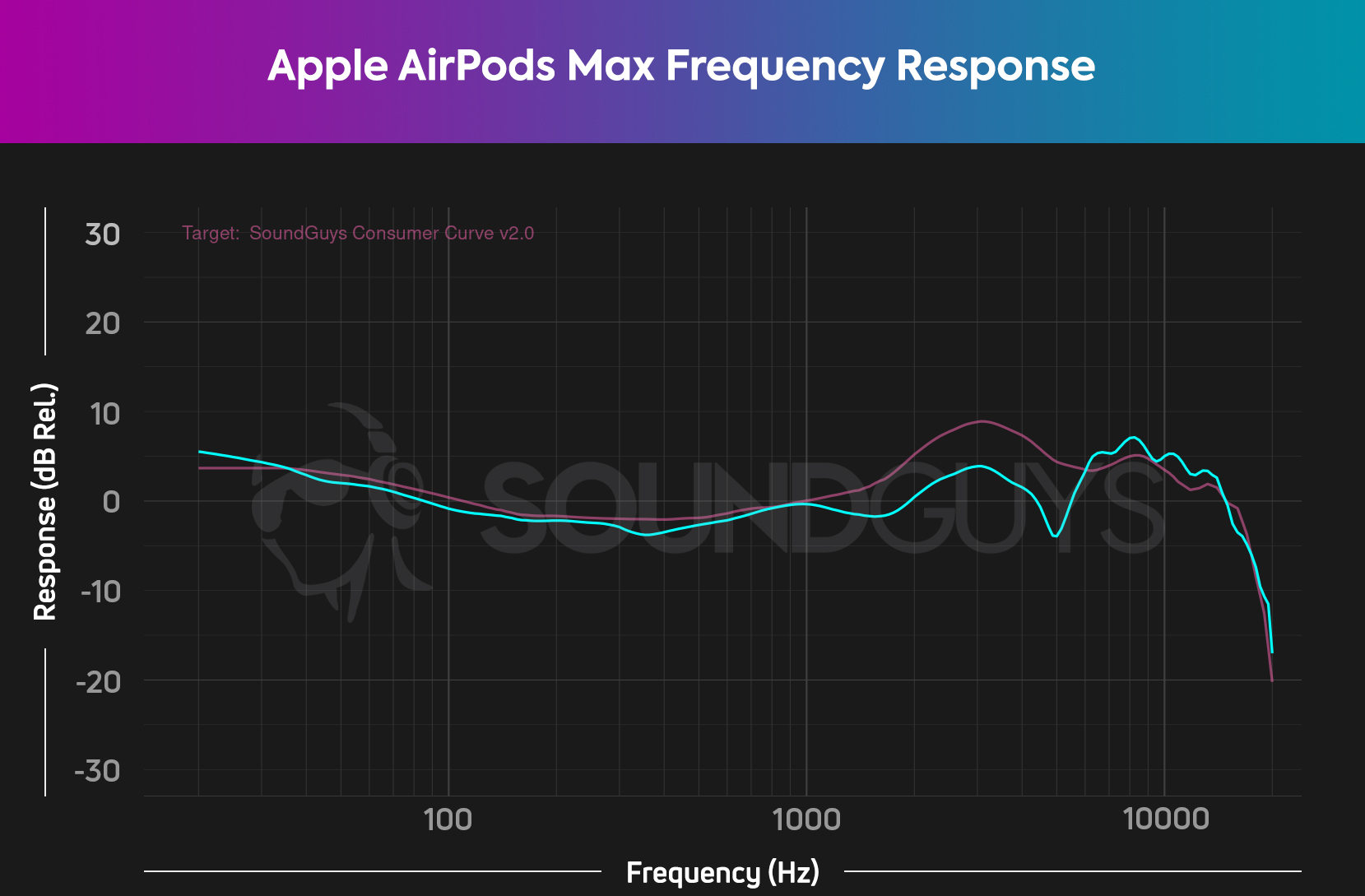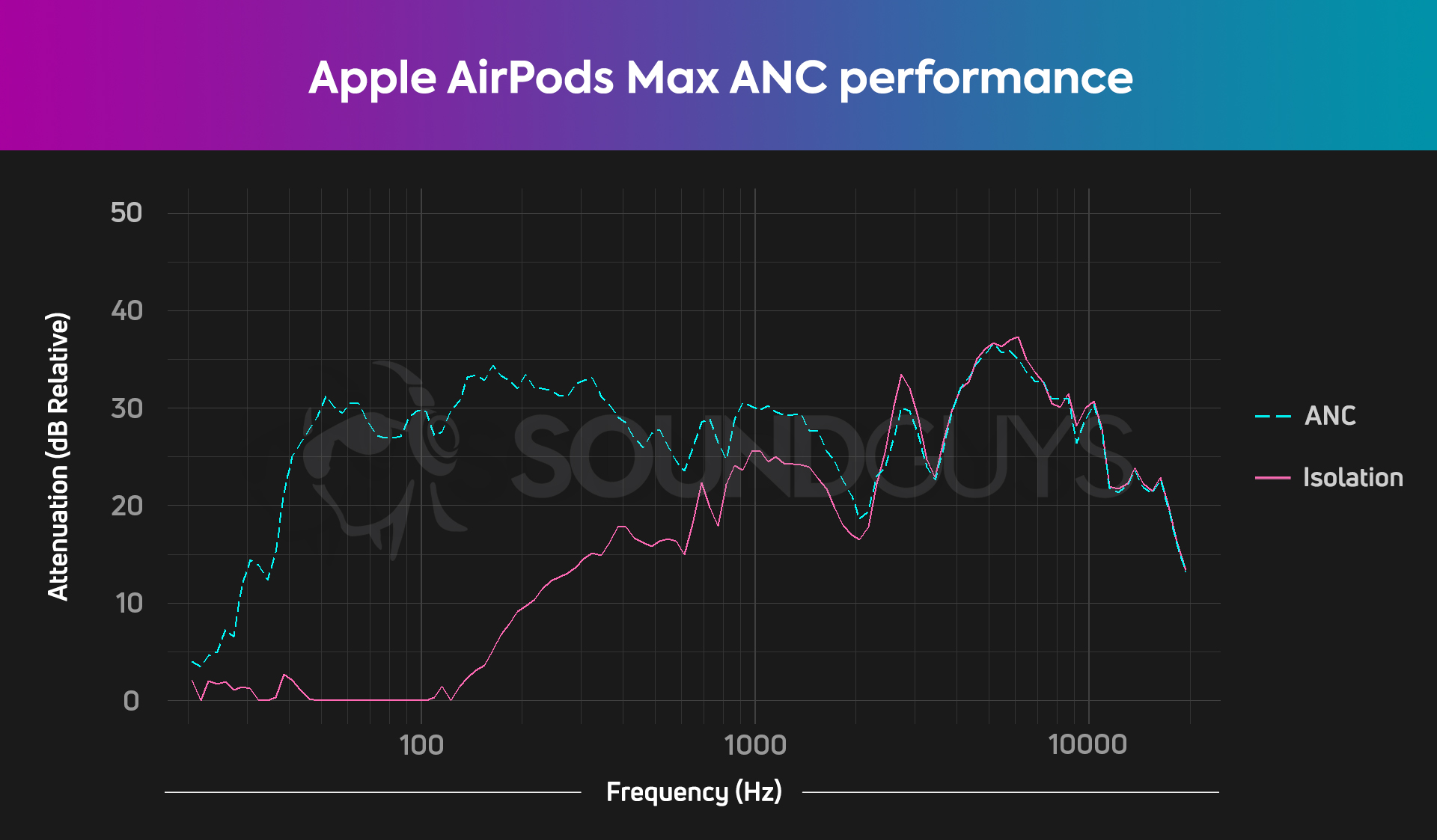Affiliate links on SoundGuys may earn us a commission. Learn more.
Best headphones under $1000
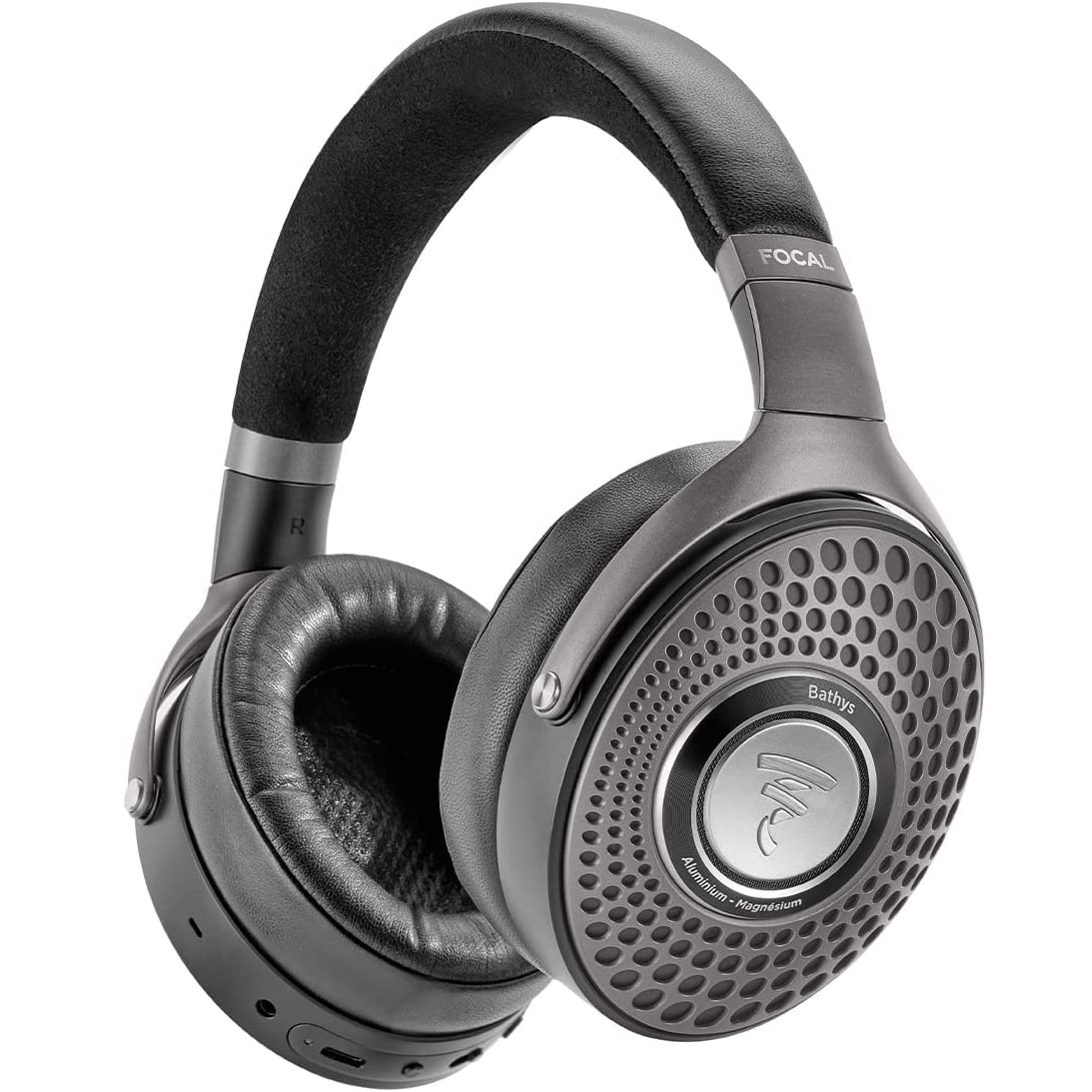
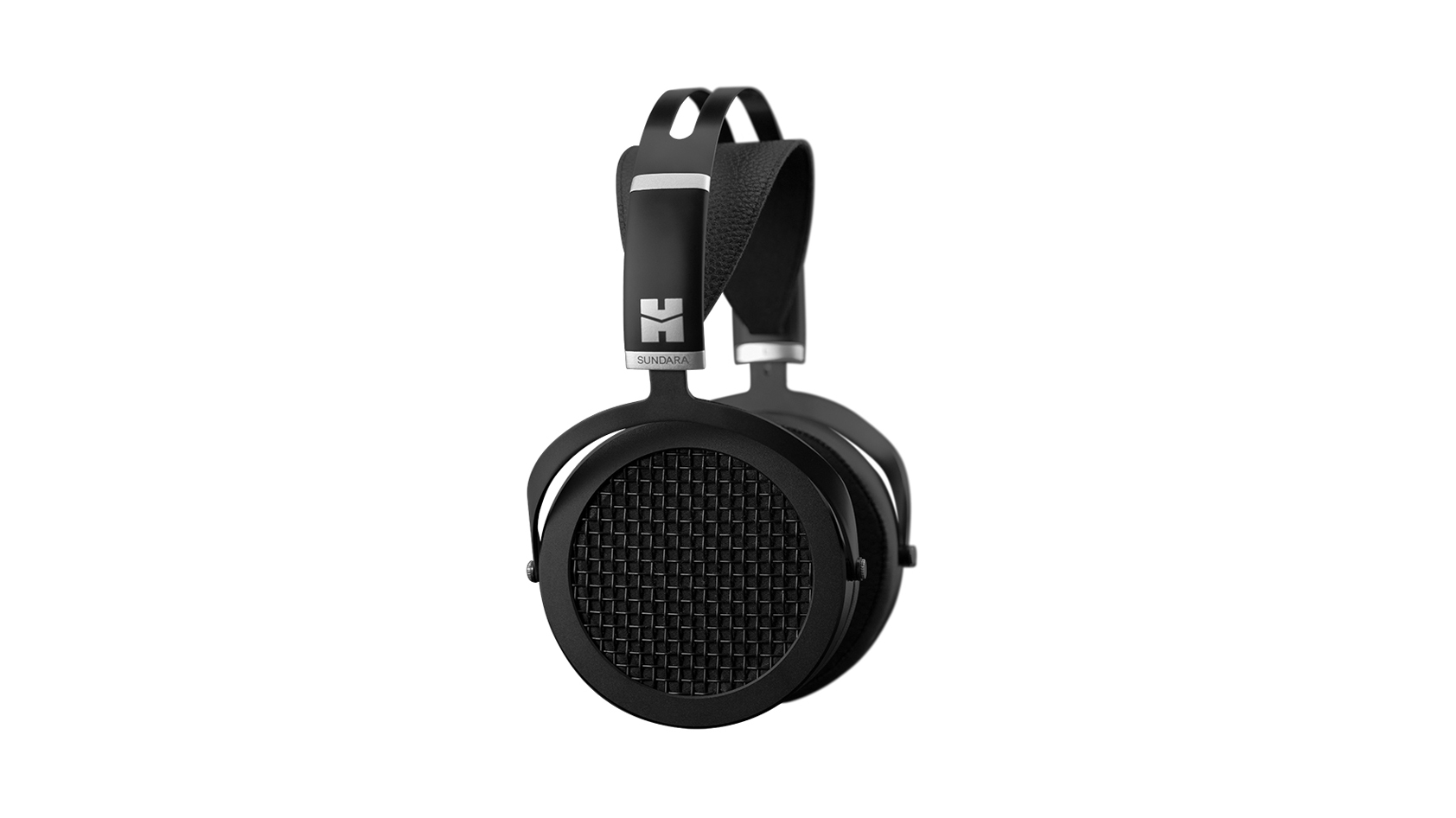
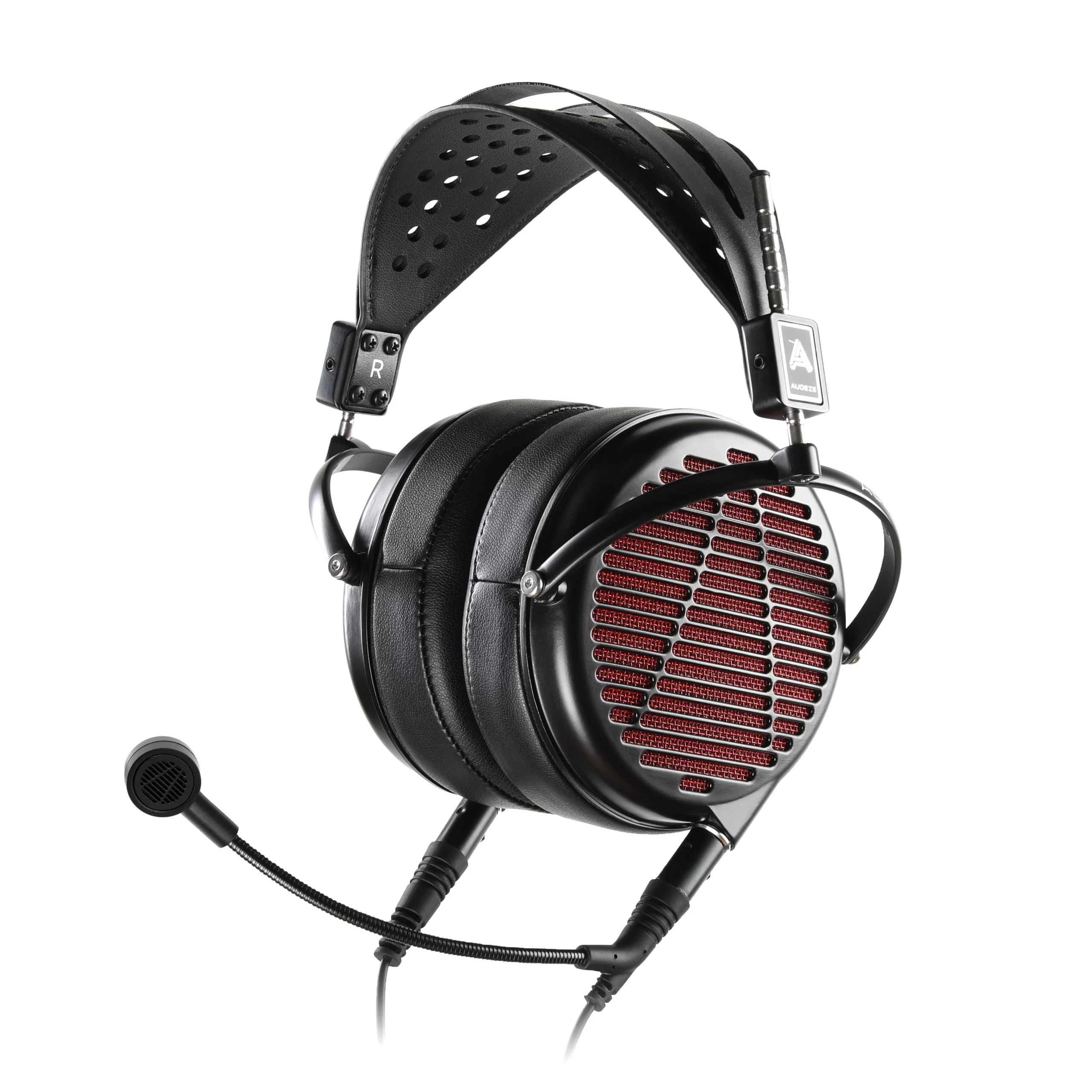
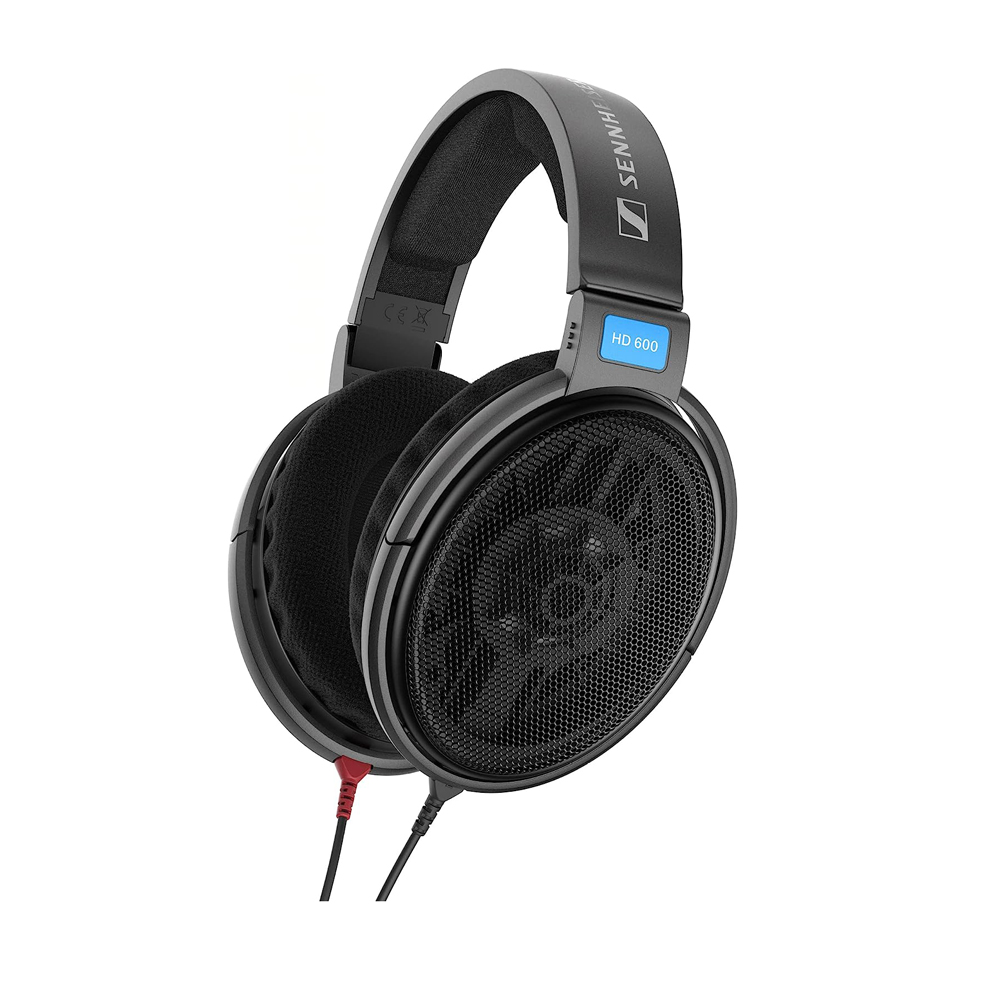
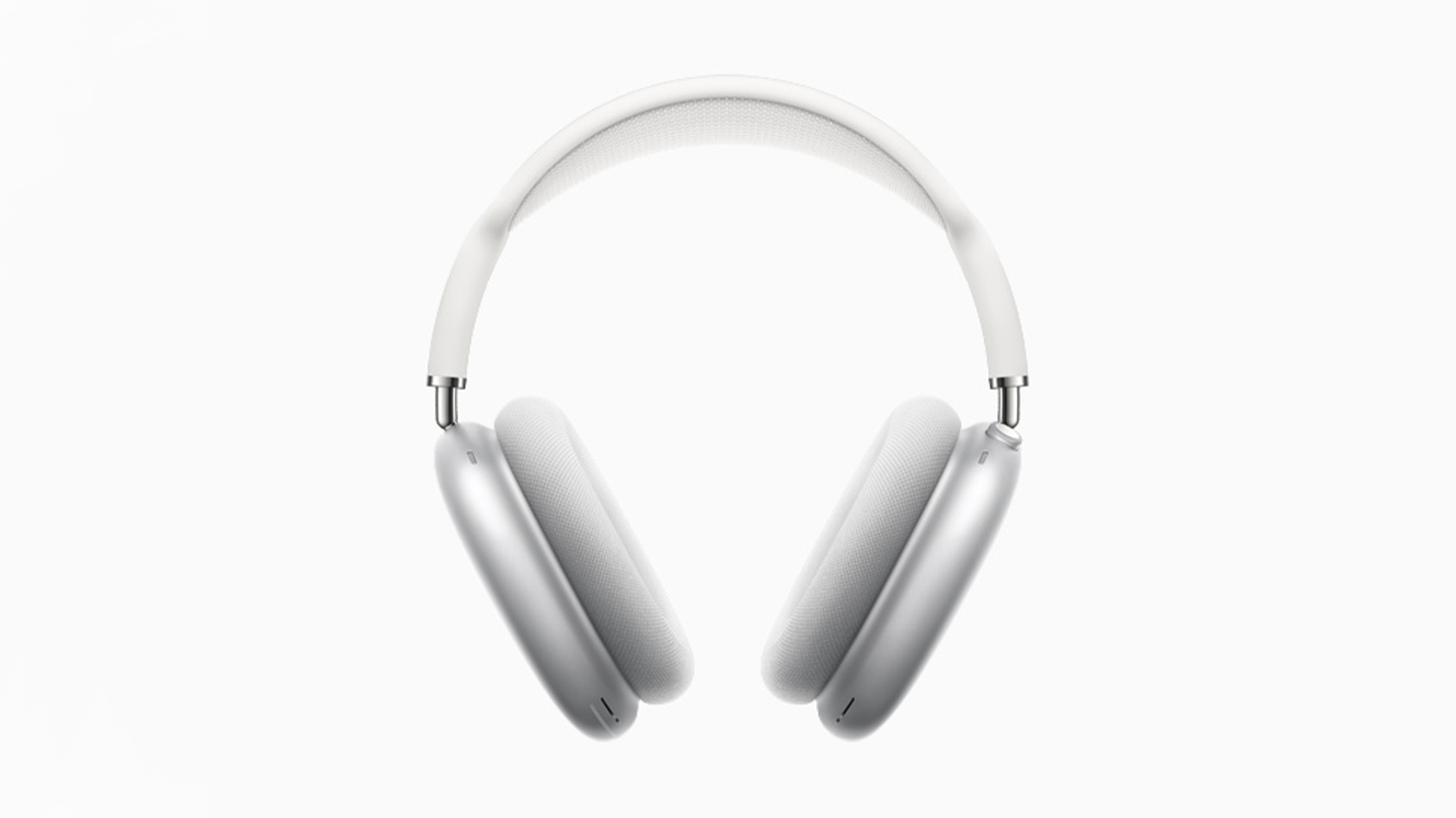
Between streaming services, your smartphone, and the plethora of inexpensive headphones that are available, shopping for headphones with a $1,000 USD budget might seem like overkill. Why buy a Ferrari if the speed limit is 100mph? Because, just like a good car and an open road, if you pair any of these headphones with the right source, the experience can be exhilarating. These headphones aren’t the kind that you’d stuff in a bag for your commute. If you want to really sit and enjoy your favorite songs, these are the best headphones under $1000 USD.
It’s also worth mentioning that $1,000 is relatively reasonable as far as audiophile gear goes. We’ve reviewed cans that will run you more than four times that much, and listened to a pair that costs more than many cars. But it’s worth researching before you throw $1,000 USD towards a pair of premium headphones.
For our top five picks, you can find the isolation and frequency response charts at the end of each image gallery. You can learn more about how to read our charts here.
Editor’s note: this article was updated on June 20, 2023, to replace outdated links, picks.
Why is the Focal Bathys the best pair of headphones under $1,000 for most?
Most people aren’t looking for headphones that only live by the computer: they want headphones that can do it all. If there’s a feature that exists on headphones they see on the morning commute, they want it. If there’s something that their friends talk about, it must be theirs.
That’s why we’re fans of the Focal Bathys. Though it’s not the best set of headphones ever made — that’s a moving target — these headphones are pretty much the best “everything but the kitchen sink” option out there. Sure, Apple users will likely prefer the AirPods Max, but Focal’s headphones will have all their features work with pretty much any source, irrespective of operating system. Additionally, its higher-bitrate codecs, USB DAC, and Focal drivers run circles around the Apple headset.
The Bathys is very much a luxury product, so be prepared to shell out some cash. However, the majority of ANC headphones you’ve probably heard don’t do sound quality all that well, and the Focal Bathys sets itself apart in that regard. For someone with more money than enthusiasm for headphones as a hobby, the Bathys are an easy winner because you can have ANC and audiophile sound quality which is a rarity.
If you want the greatest value among expensive headphones, check out the HiFiMan Sundara
The HiFiMan Sundara brings great sound to an affordable price point, and we couldn’t leave it off the list of the best headphones under $1000. This isn’t cheap by any means, but pound-for-pound, it has an excellent design and offers impressive sound quality. HiFiMan is one of those companies (like Audio-Technica) with plenty of people swearing by its headphones.
At 372g, it’s much lighter than others planar magnetic driver based headphones. Its frequency response closely follows our studio curve, and should sound good with most types of content. You can apply EQ, but most listeners won’t feel compelled to. Since the Sundara is open-back, you get that sense of space that open-back headphones are known for. The drivers are protected by a thin grill, but they’re still exposed to the world.
The cable is nicely constructed and ends in a thick 90-degree, 3.5mm jack. It also comes with a 1/4-inch adapter, so if you’re looking to plug these headphones into something a little more powerful than your phone, you can. It has a fairly high sensitivity and low impedance, but will still require a decent amount of power to properly drive it. You’ll probably need a good amplifier which adds to the price a bit.
In your EQ app of choice, apply the following filters to your parametric EQ for a fairly close fit to the SoundGuys studio curve:
| Filter number | Filter type | Frequency | Gain | Q |
|---|---|---|---|---|
| Filter number 1 | Filter type PK | Frequency 1582 | Gain -0.3 | Q 1.006 |
| Filter number 2 | Filter type PK | Frequency 3471 | Gain -0.8 | Q 4.548 |
| Filter number 3 | Filter type PK | Frequency 4517 | Gain -2 | Q 4.419 |
| Filter number 4 | Filter type PK | Frequency 6733 | Gain -1.6 | Q 3.713 |
| Filter number 5 | Filter type PK | Frequency 6757 | Gain -2.8 | Q 3.704 |
| Filter number 6 | Filter type PK | Frequency 8782 | Gain -2.6 | Q 3.235 |
Gamers should consider the Audeze LCD-GX
Sure, gaming headsets are not known for their value or their commitment to premium construction — but there are gaming headsets out there that can hang tough with audiophile headphones. Of course, the best strategy is to take already-great cans and slap a decent microphone on them like Audeze did with the LCD-GX.
Anyone picking up this gaming headset will have to deal with a few foibles of open-back design, and also may want to start doing lat pulldowns, as the Audeze LCD-GX is quite a bit heavier than most headphones. Still, the ultra-thick padding and suspension band does a good job fixing the cans to your head.
However, it should be pointed out that there’s another Audeze gaming headset — the Maxwell — which has a lot more features geared towards console and multi-platform gamers. We haven’t tested it yet, but be sure to check back once we do.
For studio headphones, look no further than the Sennheiser HD 600
Sure, you could probably find loads of headphones that others would use for the purpose of mixing, but in our experience: using what most of the industry is using anyway will prevent some avoidable issues when you start publishing your own content. For that reason, you’re going to want to use the Sennheiser HD 600 if you’re looking for headphones to produce your own audio content. Though we could point you toward much more expensive options, sometimes there’s a correct tool for the job.
Because the Sennheiser HD 600 has been around so long, there are plenty of other members of its series, but the HD 600 has been good enough to hang around for several decades now for good reason: it’s a rock-solid set of headphones. If you look at getting recording equipment as a gamble, this is about as sure of a thing as it gets. Just be aware that you may want an amp if you intend to equalize your output any.
If you want noise canceling, grab the Apple AirPods Max
If you’re the type of listener willing to cough up $1,000 USD for Bluetooth headphones, you might want to check out Apple’s flagship headphone: the AirPods Max. These headphones come in at a whopping $549 USD — making it more expensive than Sony and Bose’s flagship noise canceling headsets.
The AirPods Max features a unique design that nicely balances comfort with acoustic performance. A mesh-knit canopy headband prevents unnecessary clamping force on the wearer’s head, while a stainless steel frame holds the headphone together. The ear cups are made of aluminum and feature magnetically attached knit ear pads, which can be replaced if needed.
Apple’s latest over-ears feature the same hybrid noise canceling technology, originally introduced with the AirPods Pro. An array of outward and inward-facing microphones, in tandem with software, effectively quiets ambient noise whilst also reducing resonances. This results in noise canceling performance that beats out Sennheiser, Sony, and Bose.
Additional features include Apple’s H1 chip for seamless, enhanced connectivity with iOS devices, Transparency Mode, Adaptive EQ, Spatial Audio, fast-charging, and a 20-hour battery life. Our measured data speaks for itself, this headset is really quite good.
Should you buy the Sony WH-1000XM5 or splurge for something else?
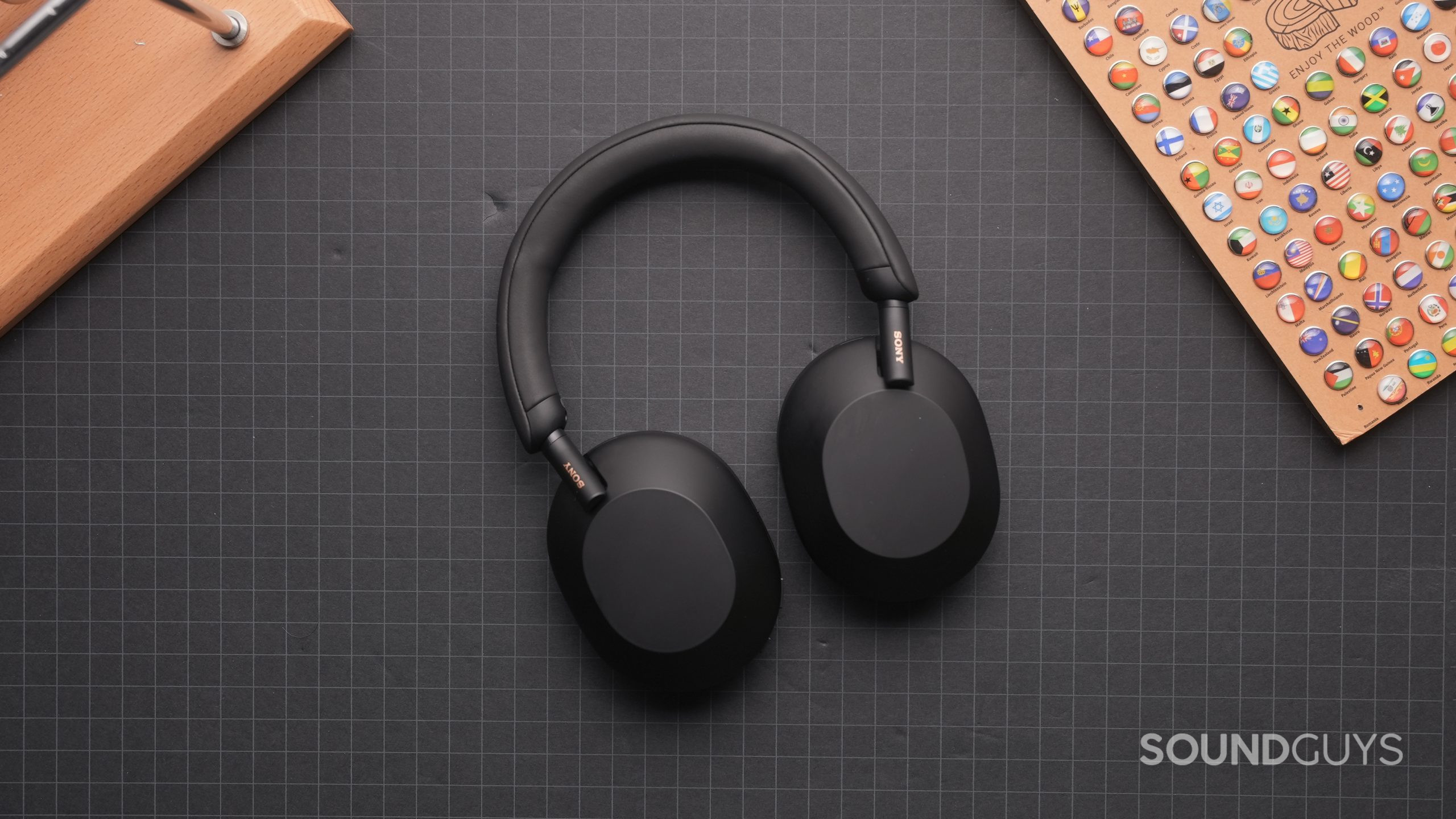
The Sony WH-1000XM5 is a great headset that does everything fairly well. You get excellent active noise canceling, decent sound quality, a comfortable fit, and plenty of powerful software features like 360 Reality Audio optimization. We like the WH-1000XM5 because it’s a great headset for commuting and general use. Since it costs $499 USD, you could pick up the WH-1000XM5 and the HiFiMan Sundara and still have some money to spare with a $1,000 dollar budget.
The ANC performance is second only to the Apple AirPods Max but this relies on your ability to get a proper fit. We recommend sliding the headphones around a bit on your ears until you perceive the ANC is at its most effective.
You can see in our comparison charts above that it’s the isolation performance of the WH-1000XM5 that pulls it ahead of most of the competition.
The best headphones under $1000: Notable mentions
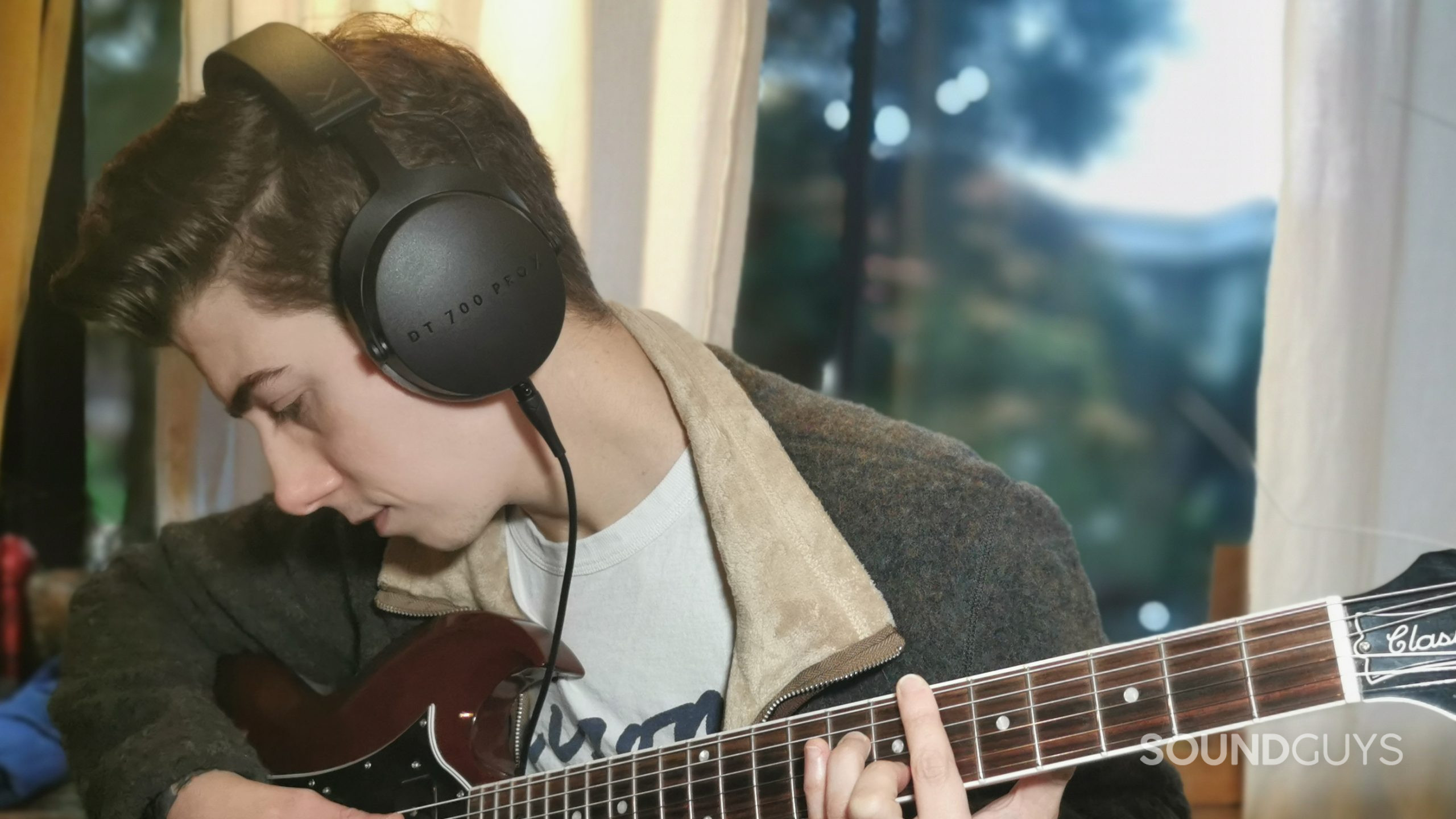
- Beyerdynamic DT 700 PRO X: The PRO X line of headphones from Beyerdynamic targets the nomadic creator. Whether you’re a music producer or a musician, you’ll appreciate the studio-quality sound that comes from this comfortable headset.
- Beyerdynamic DT 900 PRO X: The DT 900 PRO X has an even more consistent output than the DT 700 PRO X and costs the same. Rather than a closed-back design, you get an open-back headset here which lends itself to a more realistic reproduction of auditory space.
- Drop x Sennheiser HD 6XX: This sub-$250 headphone is based on the original Sennheiser HD 650. It features a neutral-leaning frequency response that accurately reproduces audio — ideal for home studio use.
- HiFiMan HE-400i: This pair of headphones is similar to the Sundara, and it’s even a bit lighter but it doesn’t sound quite as good. The HE-400i features planar magnetic drivers and an open-back design, which is great for $159 USD.
- Sennheiser HD 660S2: If you like open-back headphones but want a little more bass, these headphones were made for you.
- Sony WH-1000XM4: Still one of the best options for most people looking to invest a little money but not too much. This headset sounds really good and has a great set of useful features, including excellent ANC, but not aptX. Want something more portable? Grab the Sony WF-1000XM4 instead.
What you should know before you buy expensive headphones
Before spending your hard-earned cash there are some things you should be aware of. After all, $1,000 is a lot of money and if you’re going to dive into the world of high-end audio, then you should know some of the basics.
Do expensive headphones sound different from cheap ones?
While audio certainly reaches a point of diminishing returns, many “audiophile” products have a different sound from general consumer headphones. Often, you’ll find that headphones in the $1,000 USD price range have frequency responses that fall somewhere between the SoundGuys consumer curve and studio curve, leaning more toward our studio curve.
Neither target curve is inherently better than the other but each has its advantages. For instance, if you fancy yourself an audiophile who enjoys analytical listening, you’ll be more drawn to headsets that follow our studio curve (headsets like the ones highlighted in this list). However, if you like more bass, you may want a more consumer-focused headset that has a boosted bass response built in. Otherwise, you’ll have to EQ your studio-like headset to match a more general-purpose frequency response.
No, do not waste time burning in your headphones. As you start going down the rabbit hole of high-end audio, you might see people talking about something called burn-in. It basically equates to the idea of breaking in a new pair of shoes. Luckily, burn in isn’t a thing. So don’t waste your time burning in your investment and skip right to the part where you can enjoy your new headphones.
Do you need an amp and DAC?
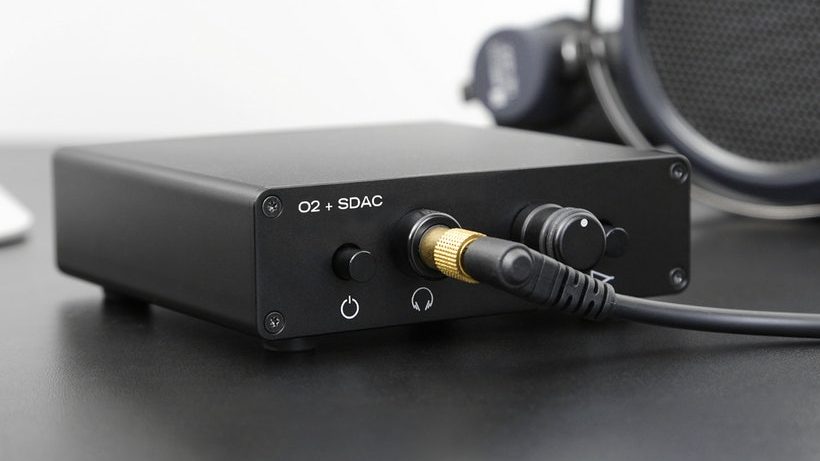
The answer to this is going to vary case by case and depends on what your source is, but for the most part, the answer is no. That’s not to say that the answer is always going to be no. For example, the famous Sennheiser HD800 headphones have an impedance of 300Ω so good luck trying to power those without an amp. Even the Grado headphones are only 32Ω which is in the range most smartphones can handle. If you want to really dig into this topic, check out two great explainer pieces about when you do and don’t need an amp or DAC. But if you’re pressed for time we’ll go over the basics here.
When you hear someone talk about “driving” a certain pair of headphones, what they’re referring to is its impedance, or its ability to resist a current. Most manufacturers will state this number in the specifications. If your headphones have an impedance of around 32Ω or less, chances are the average smartphone can sufficiently power them. The Beyerdynamic Amiron Wireless has an impedance of 32Ω when wired, so an amp isn’t necessary with them. Even the HiFiMan HE400i (35Ω), our bang-for-your-buck pick as the best headphones under $1,000, should be fine without an amp. Of course, if you read the full explainer, you know that impedance is only half the equation. You’ll also need to know the sensitivity of the headphones to determine if you really need an amp, but a quick glance at the impedance will usually let you know if you need to dig deeper.
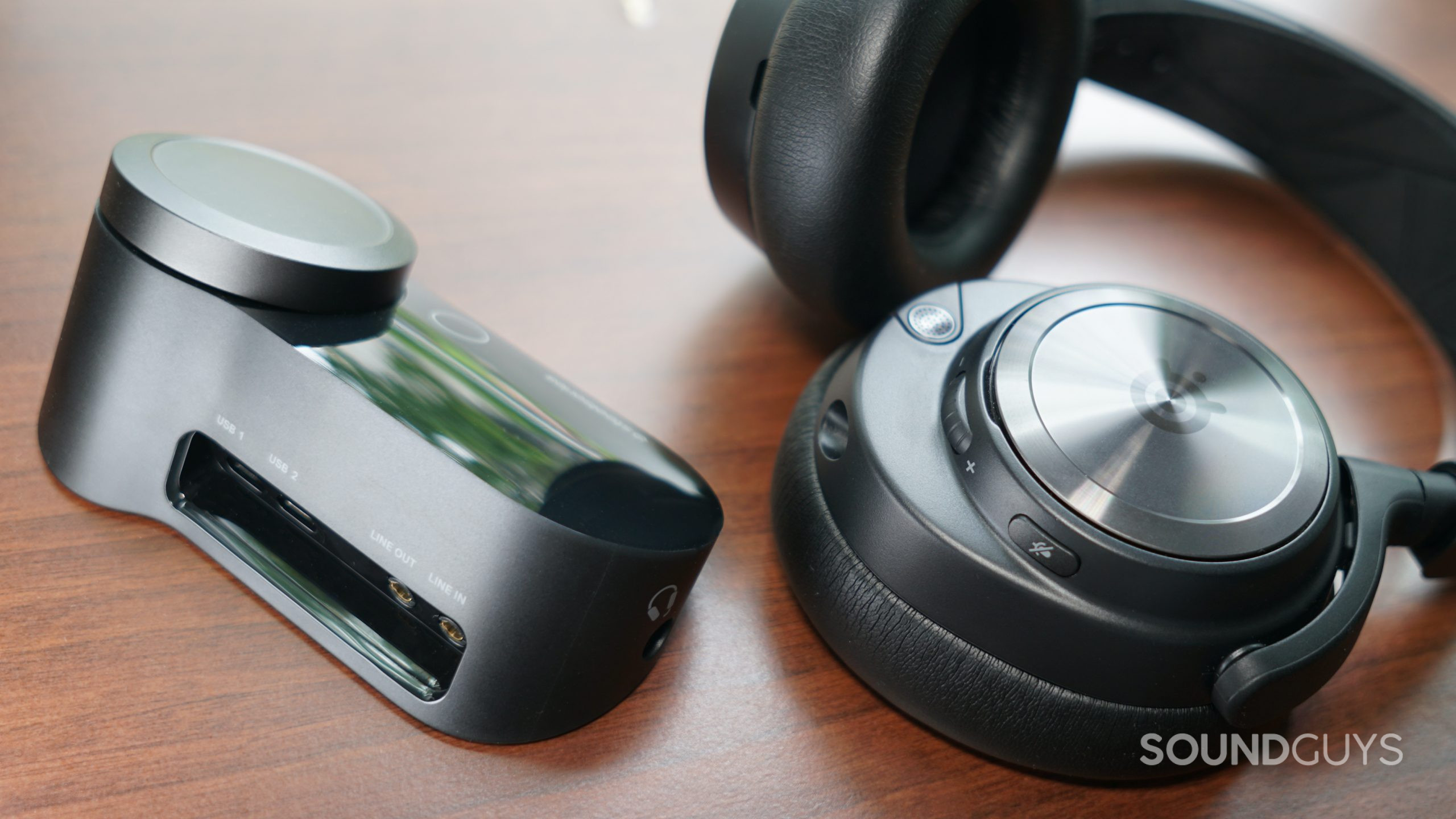
You might be annoyed to hear that the answer to whether or not you need a DAC is similar: it depends. The DAC, or digital to analog converter, that comes in modern devices is usually fine. Unless you’re using a pretty old piece of equipment, most smartphones, computers, and tablets have built-in DACs that do a really good job at cleanly converting a digital signal. If you’re experiencing issues with sound quality, chances are the culprit is insufficiently powered headphones or low-quality source files — not the chip that’s doing the converting.
Is wireless as good as wired?
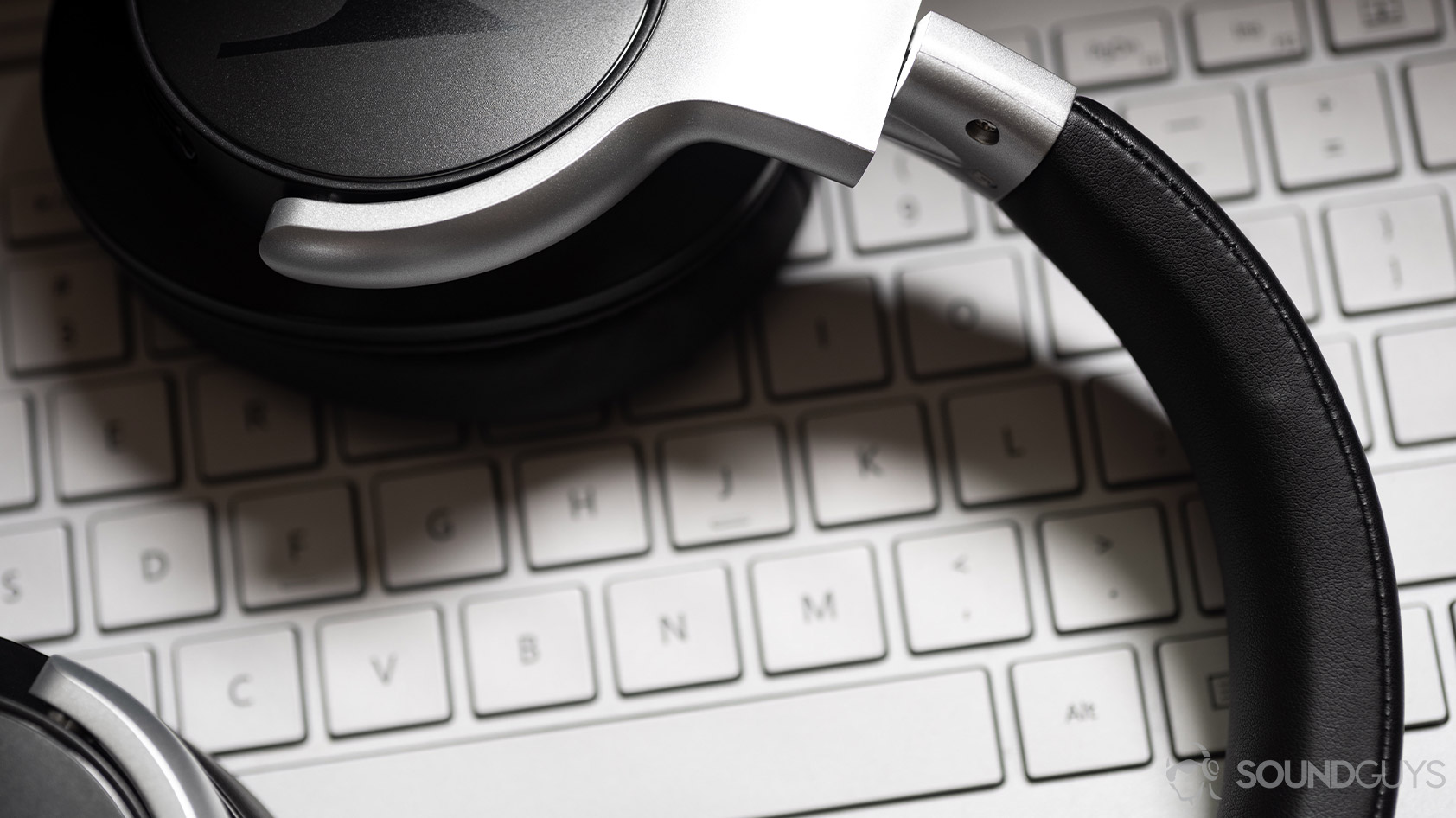
Bluetooth and wireless audio has come a long way in the last few years, but if your main concern is sound quality then the answer here is simple. No, wireless audio is not as good as wired. That said, it’s important to understand why. And even more important is to know that chances are, you’re not going to hear the difference anyway. Wireless audio isn’t bad by any means. It’s just not as good as a wired connection on a technical level. While the Amiron wireless that made this list is a phenomenal pair of headphones, an audio cable is currently the best way to go.
This has to do mainly with the amount of data that can be transferred over Bluetooth from your source device to your headphones. The technology is getting better every year, but at the time of this article, it just can’t beat a reliable wired connection.
Why you should trust SoundGuys with the best headphones under $1000
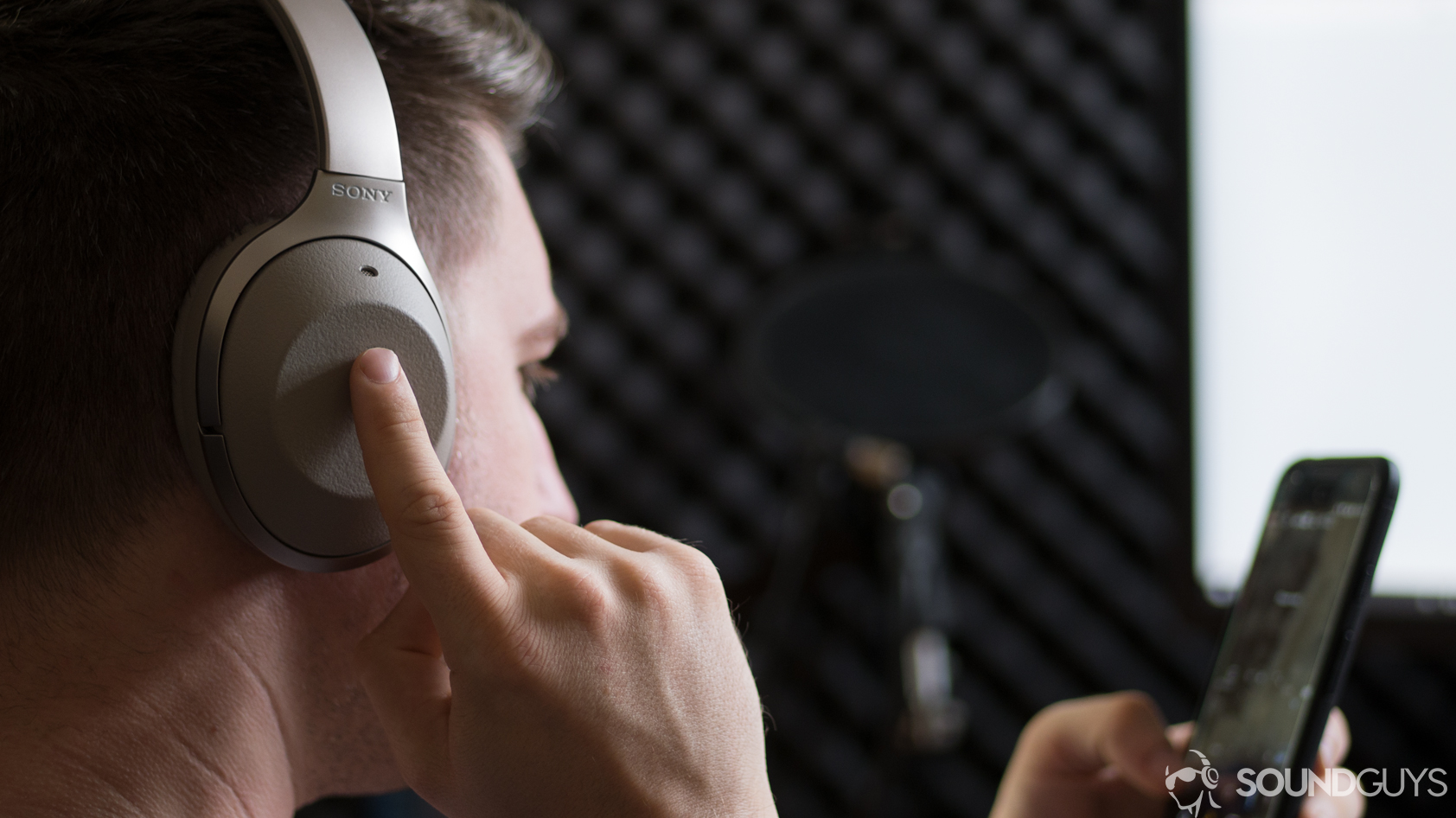
We want you to be happy with your purchase — none of our writers see a dime from partnership deals or referral purchases — and nobody here is allowed to benefit from steering you towards one product or another. While this site does make money from referrals, the individual writers are paid based on their work, regardless of whether or not people clicked that “buy” icon. They will never even know if anyone did, though the site going under might be a good hint.
Frequently asked questions about headphones under $1000
If you’re rocking a pair of headphones that require more power than your source can provide, check out our list of the best headphone amplifiers currently on the market.
While these headphones definitely sound great, they’re not all ideal for any professional tasks like sound mixing. In those situations, you’ll want to use a pair of studio headphones that feature a flat frequency response for accurate sound reproduction.
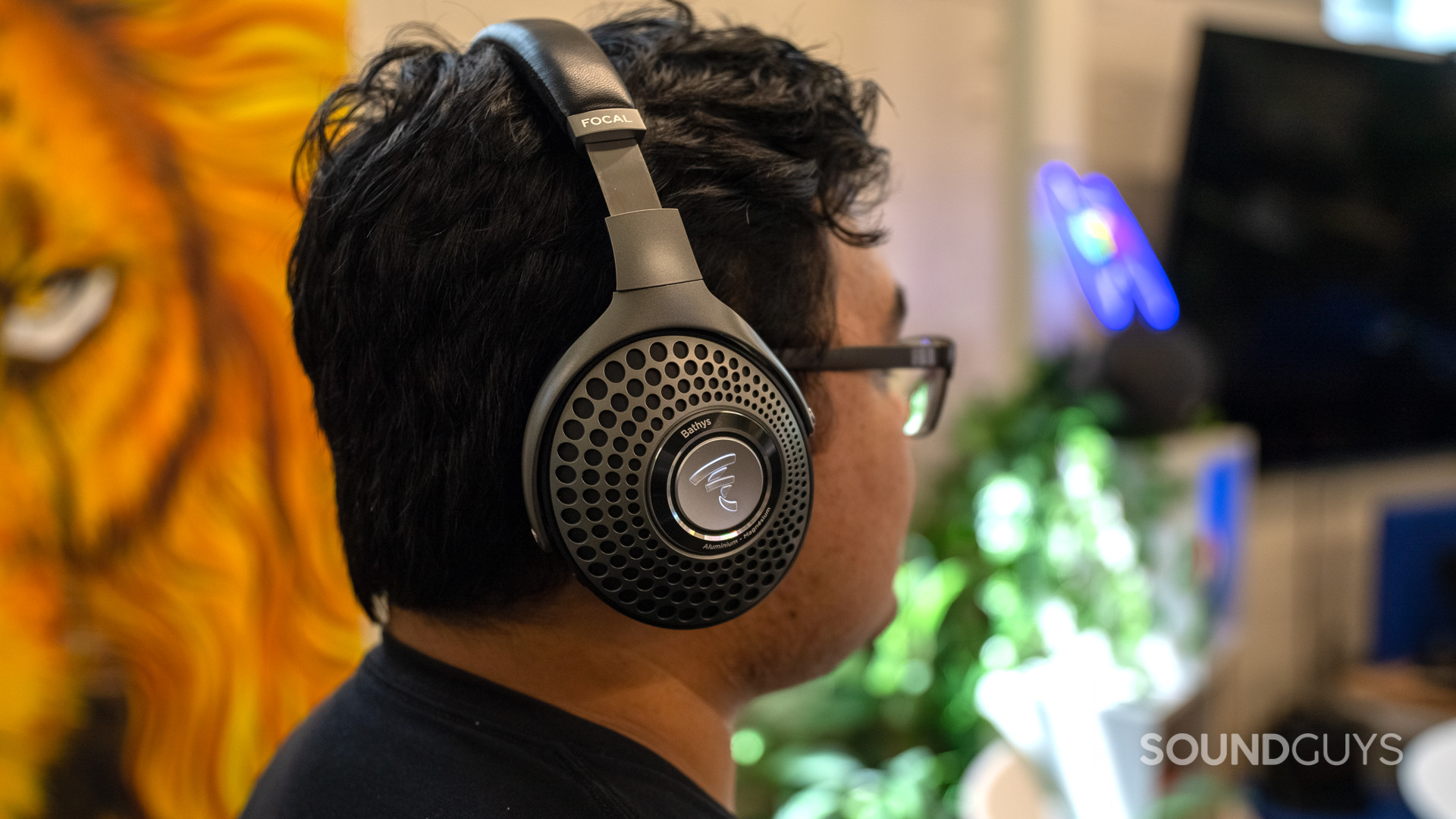
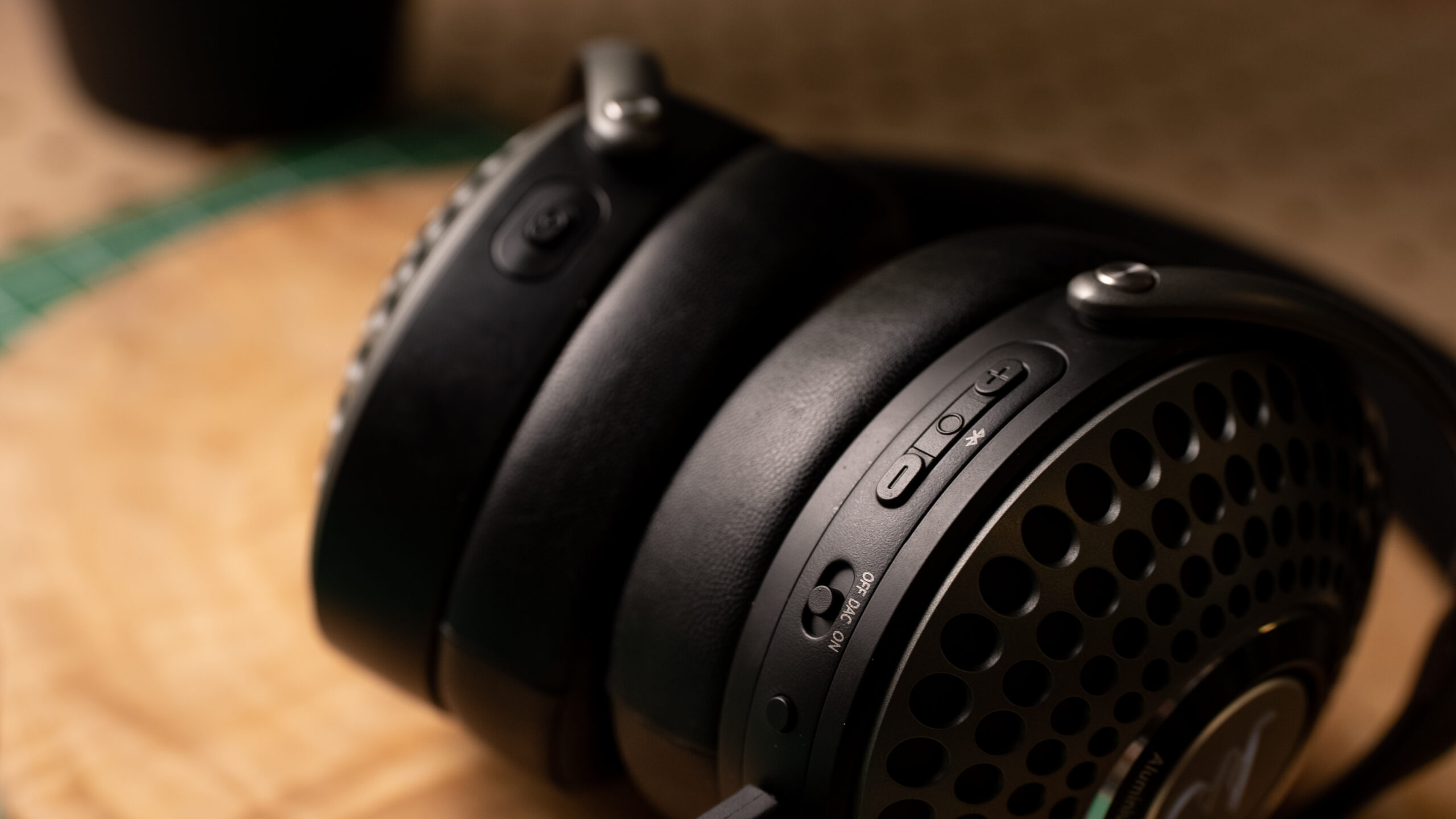
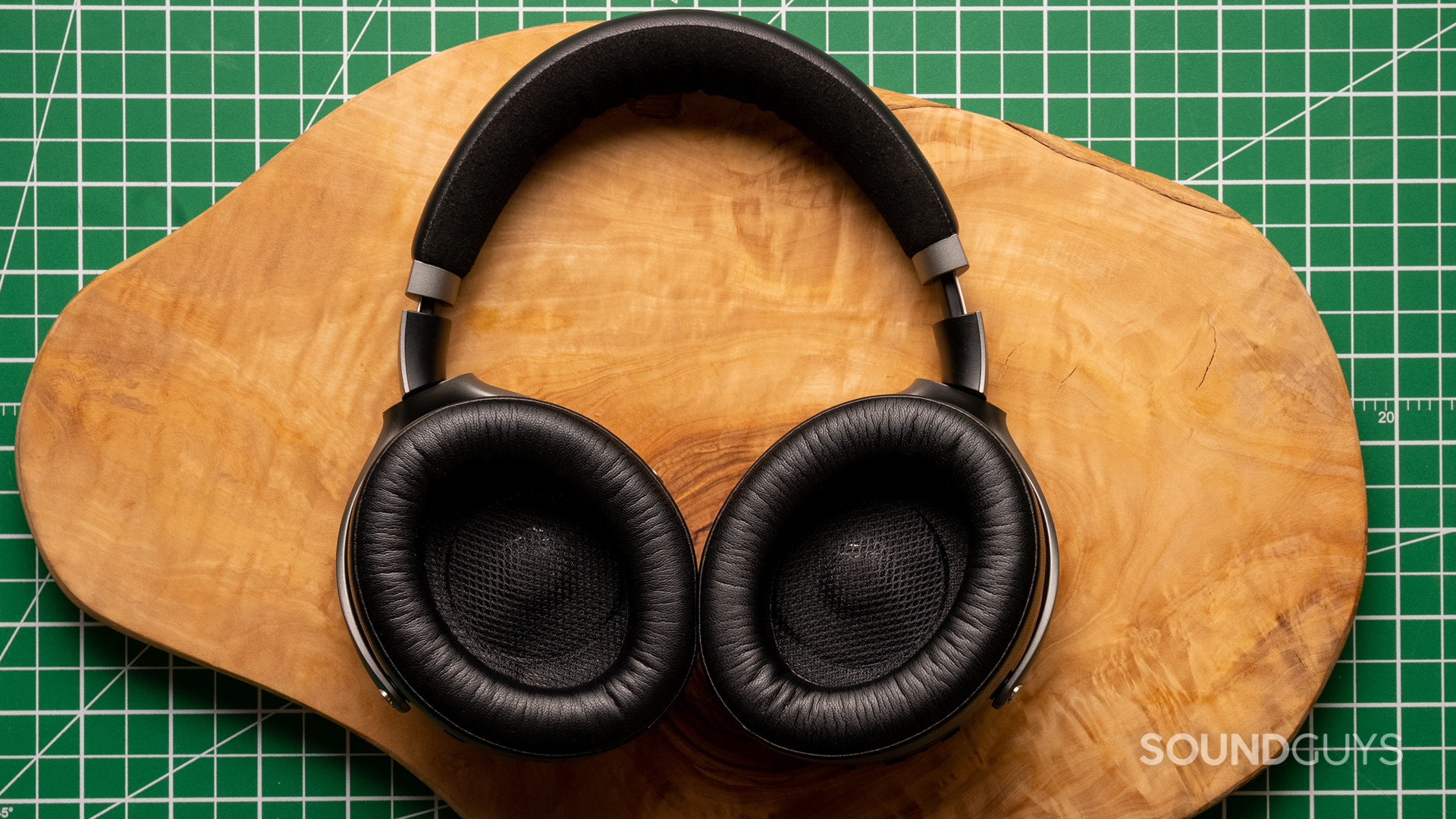
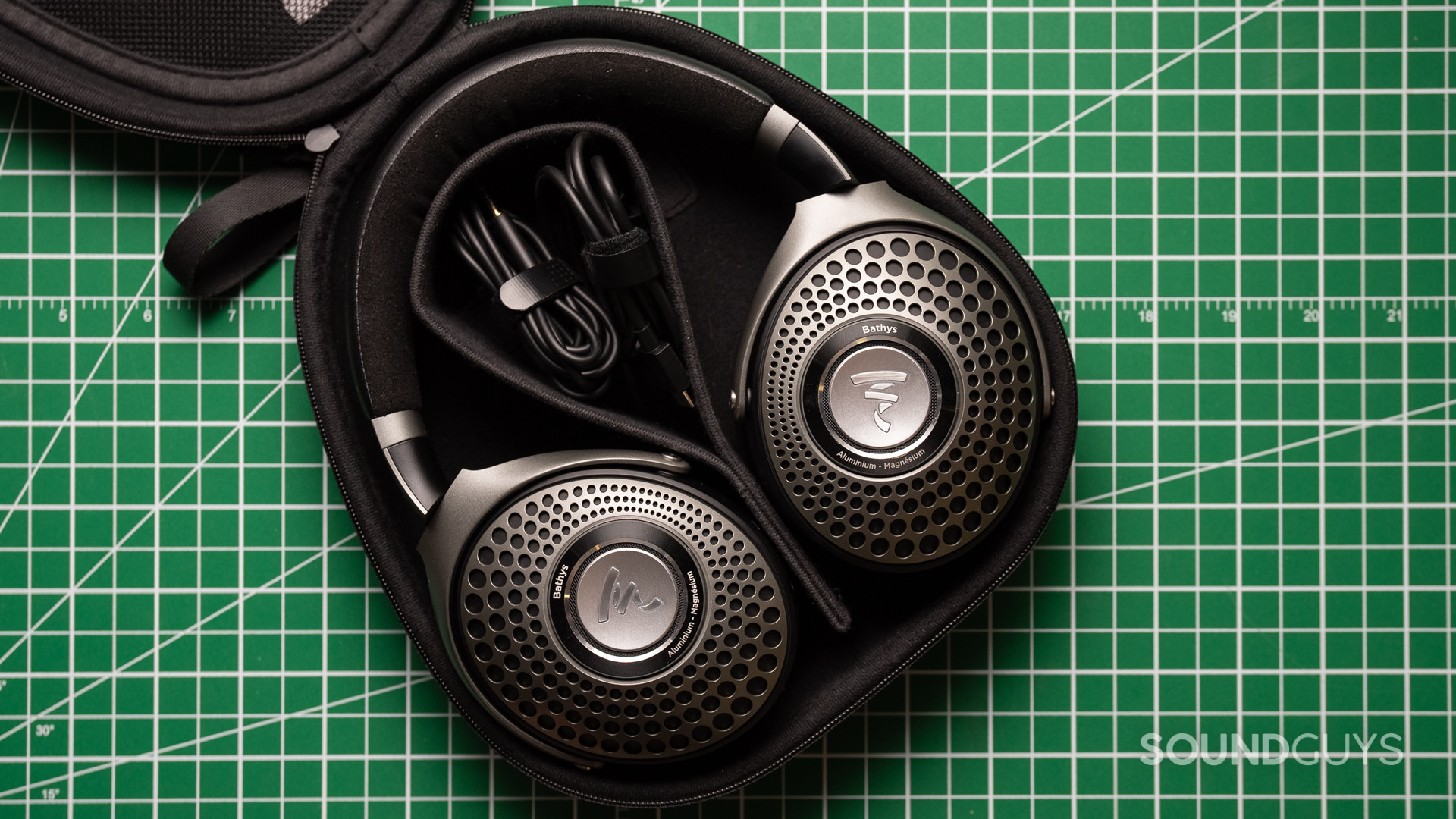
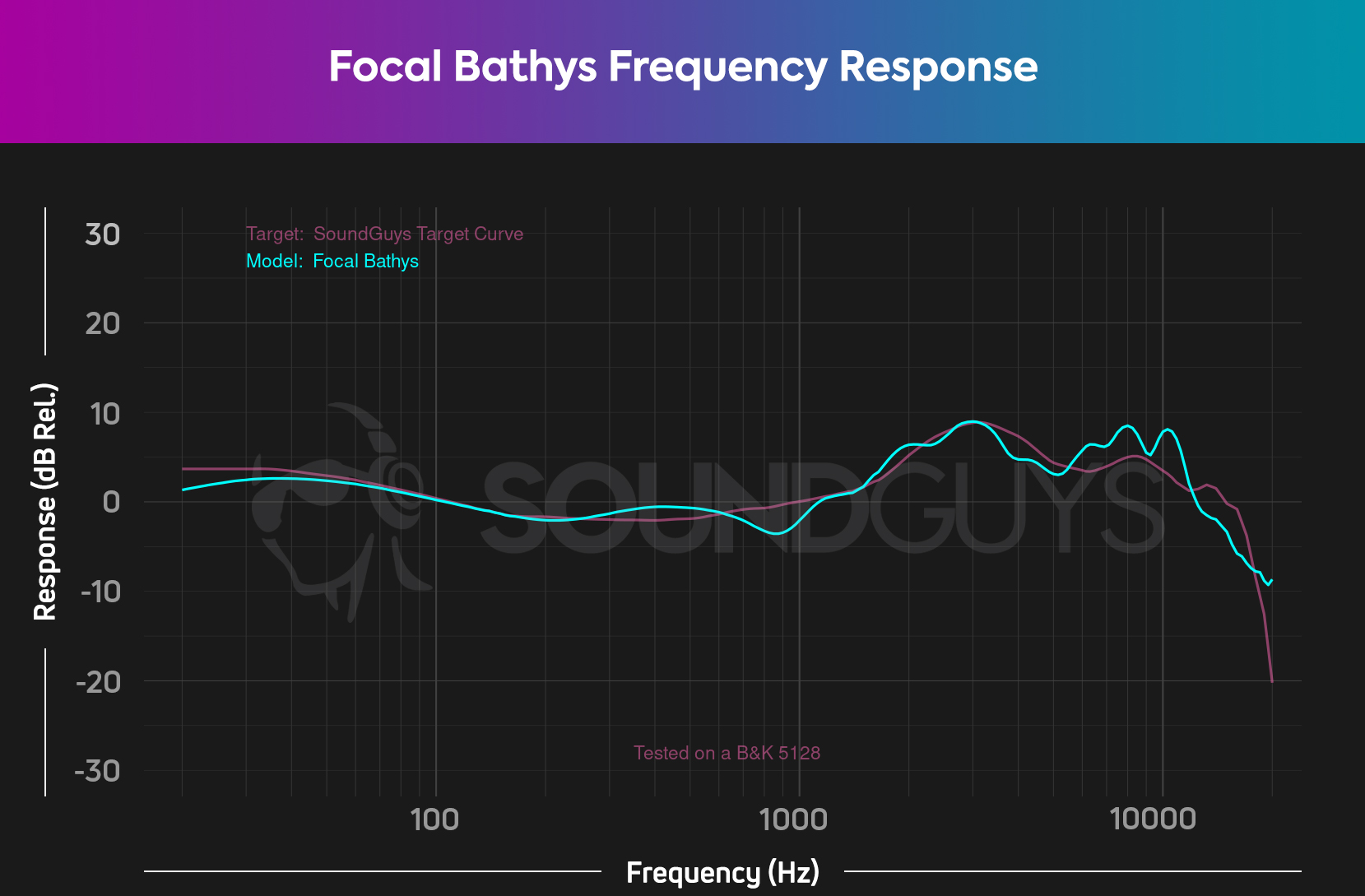
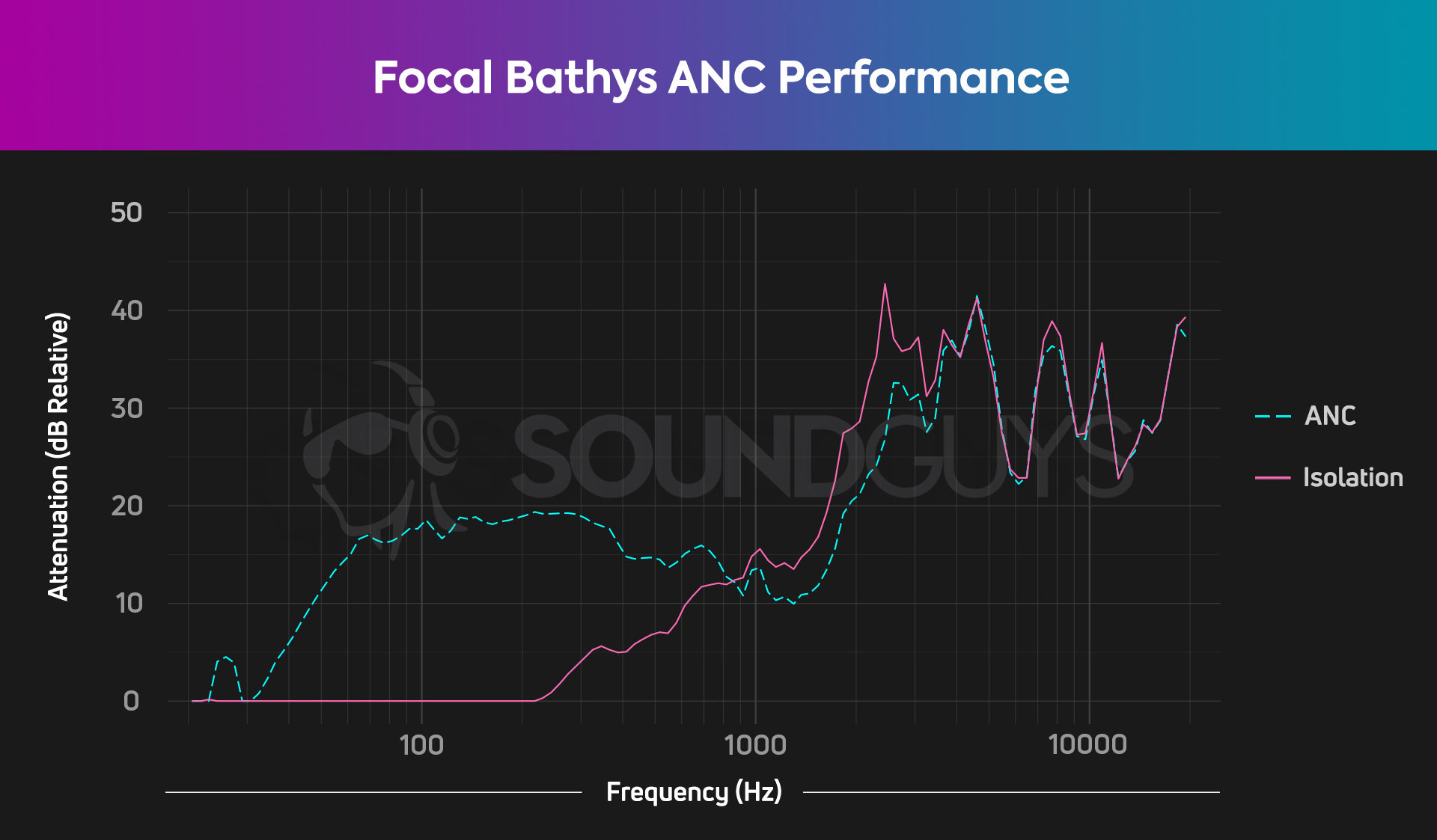
![HiFiMan HE-400i[1]](https://www.soundguys.com/wp-content/uploads/2016/08/HiFiMan-HE-400i1.jpg)
![HiFiMan HE-400i[2]](https://www.soundguys.com/wp-content/uploads/2016/08/HiFiMan-HE-400i2.jpg)
![HiFiMan HE-400i[3]](https://www.soundguys.com/wp-content/uploads/2015/12/HiFiMan-HE-400i3.jpg)
